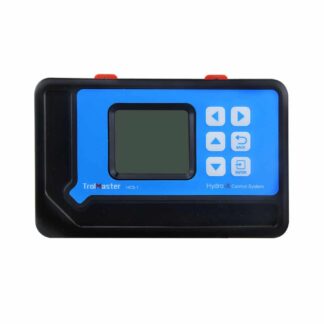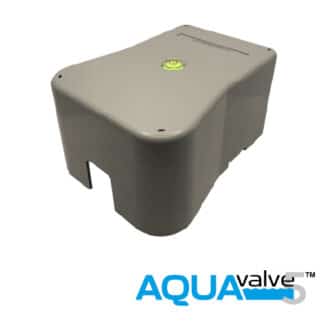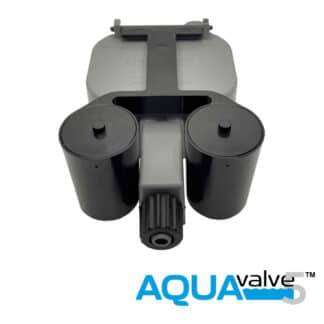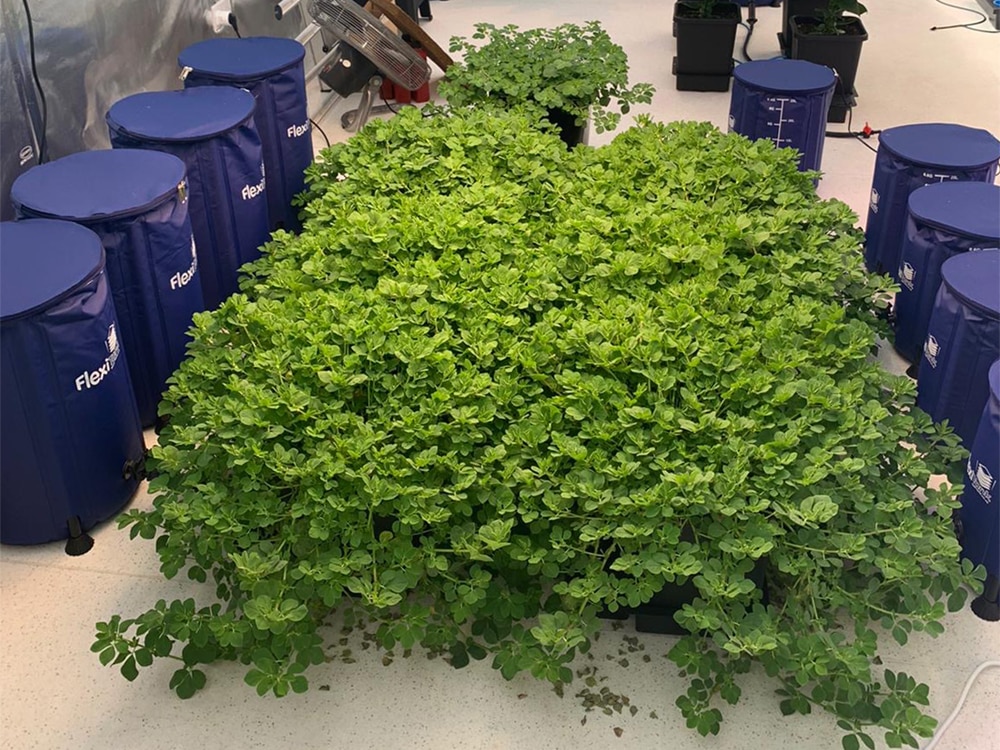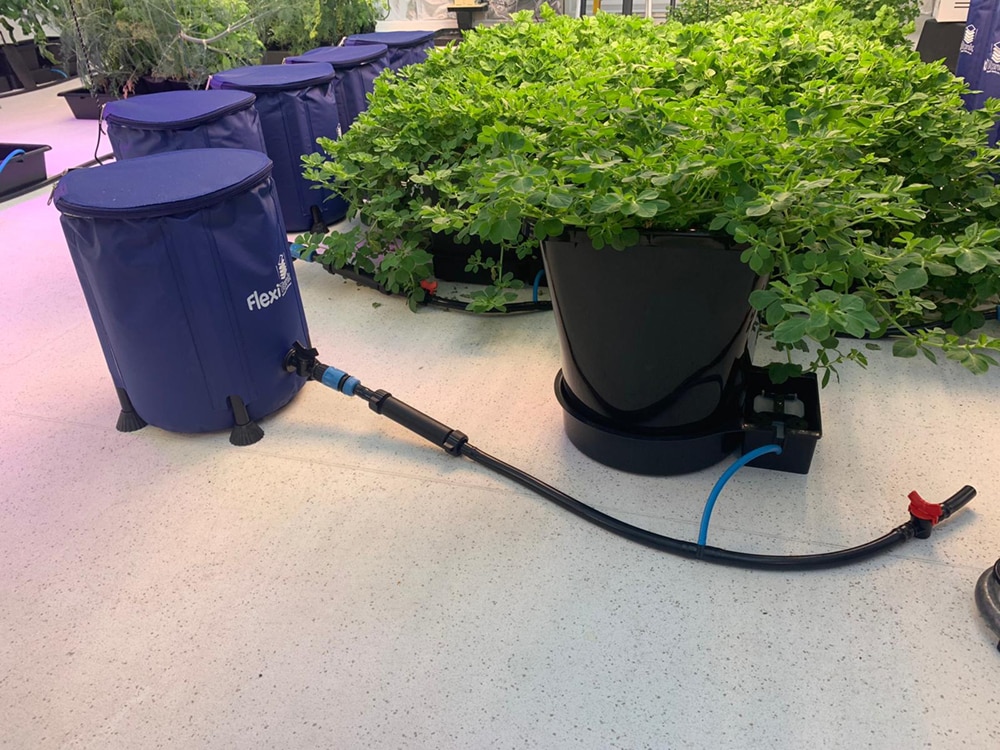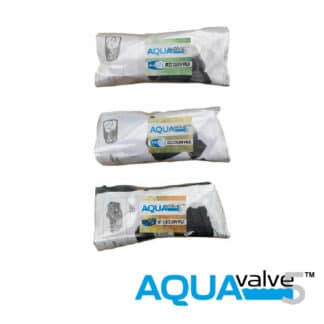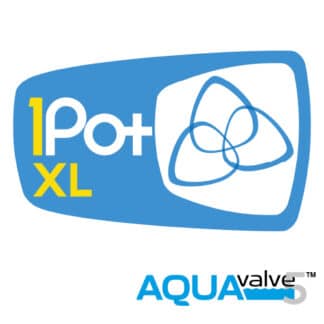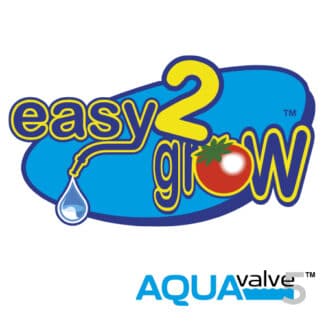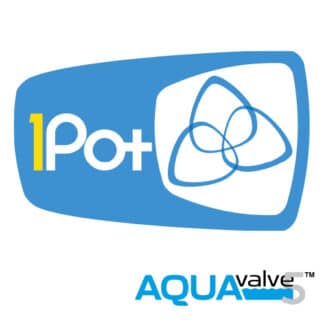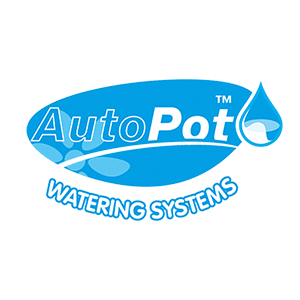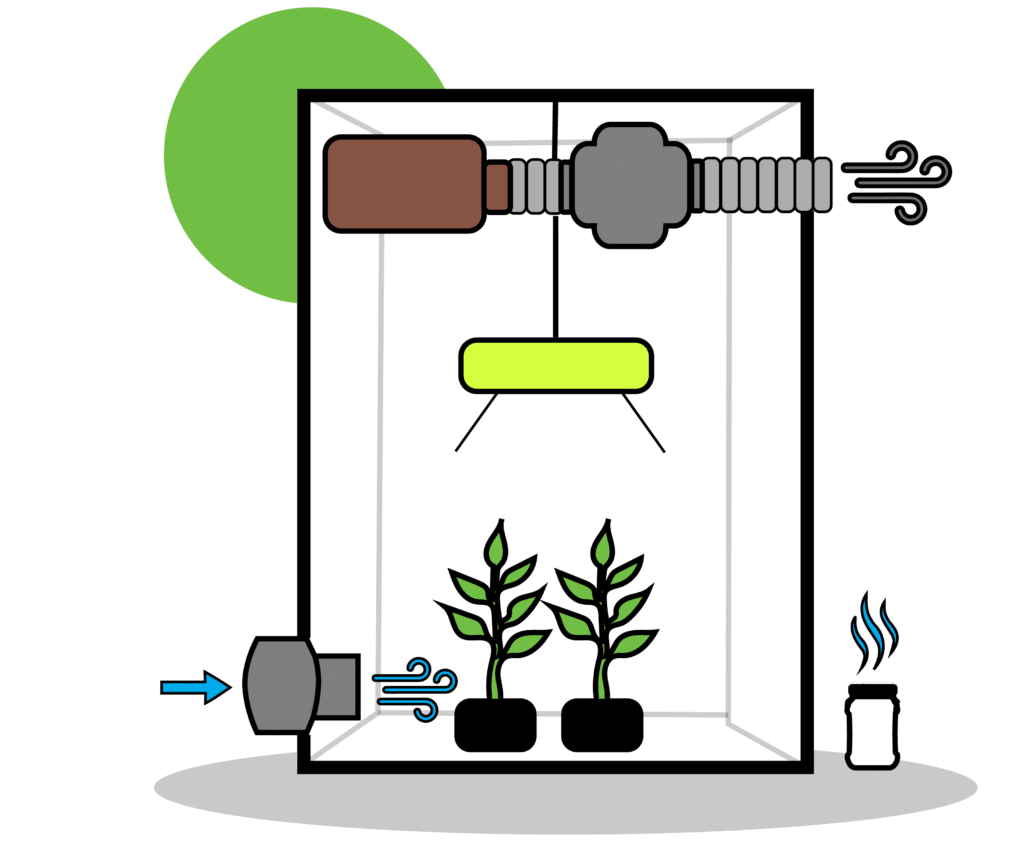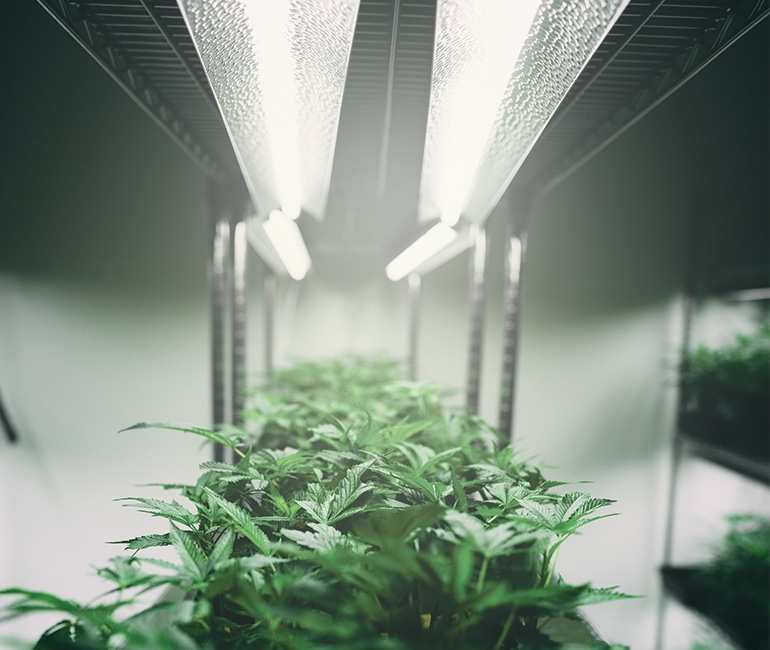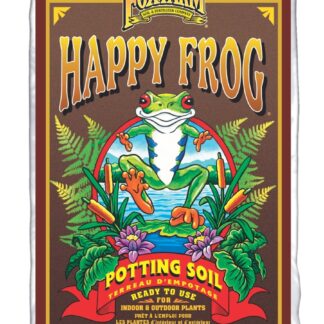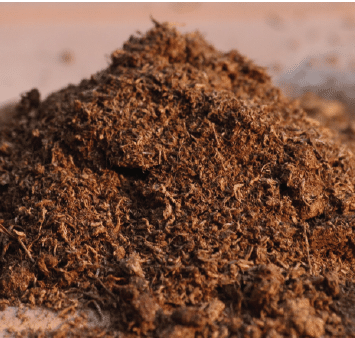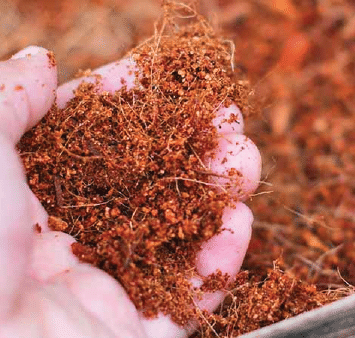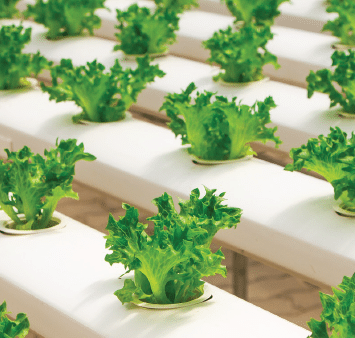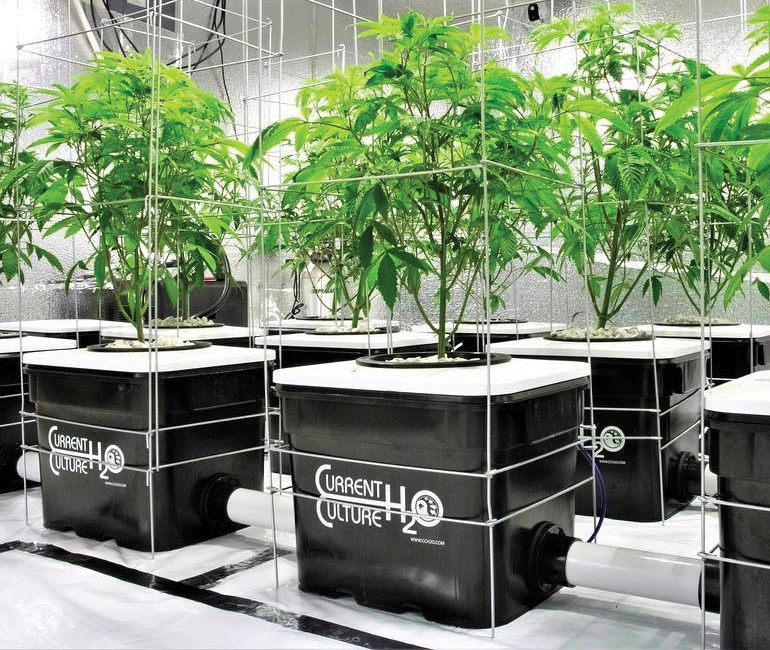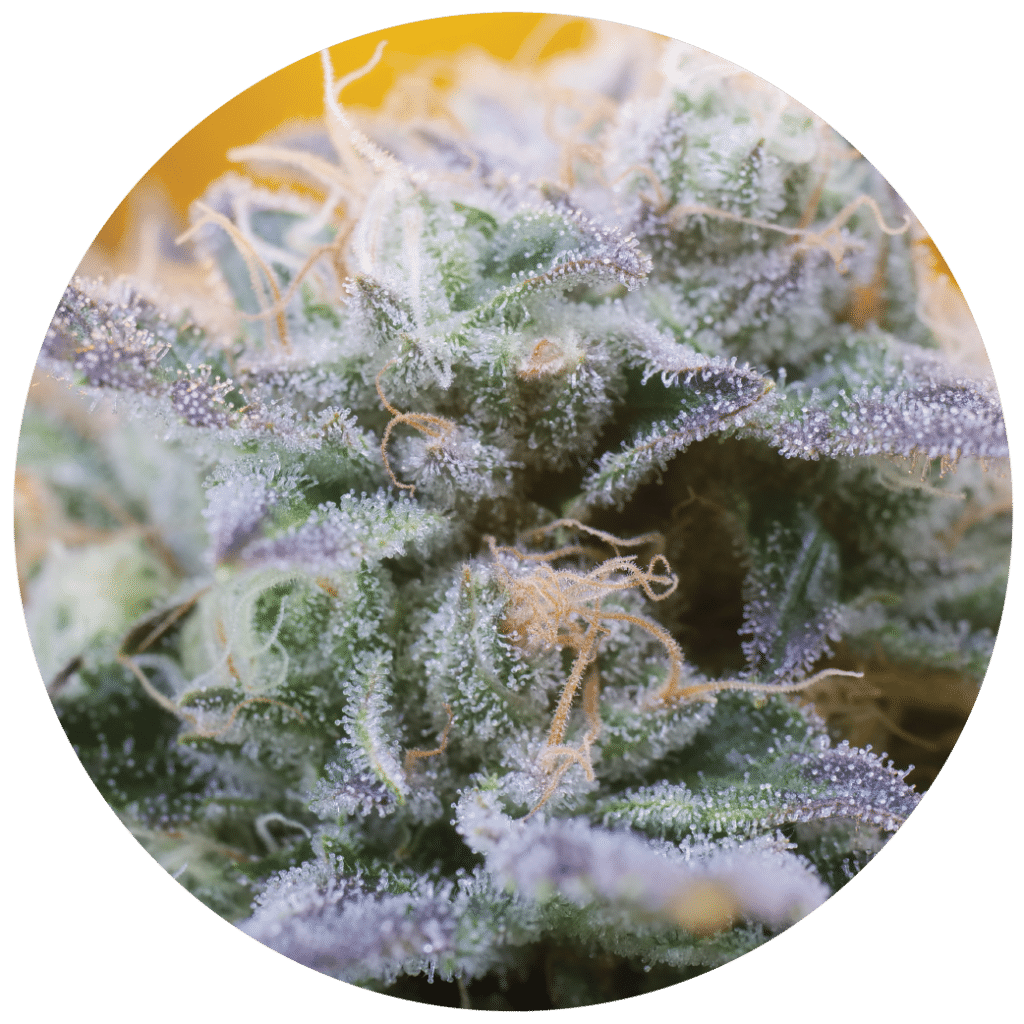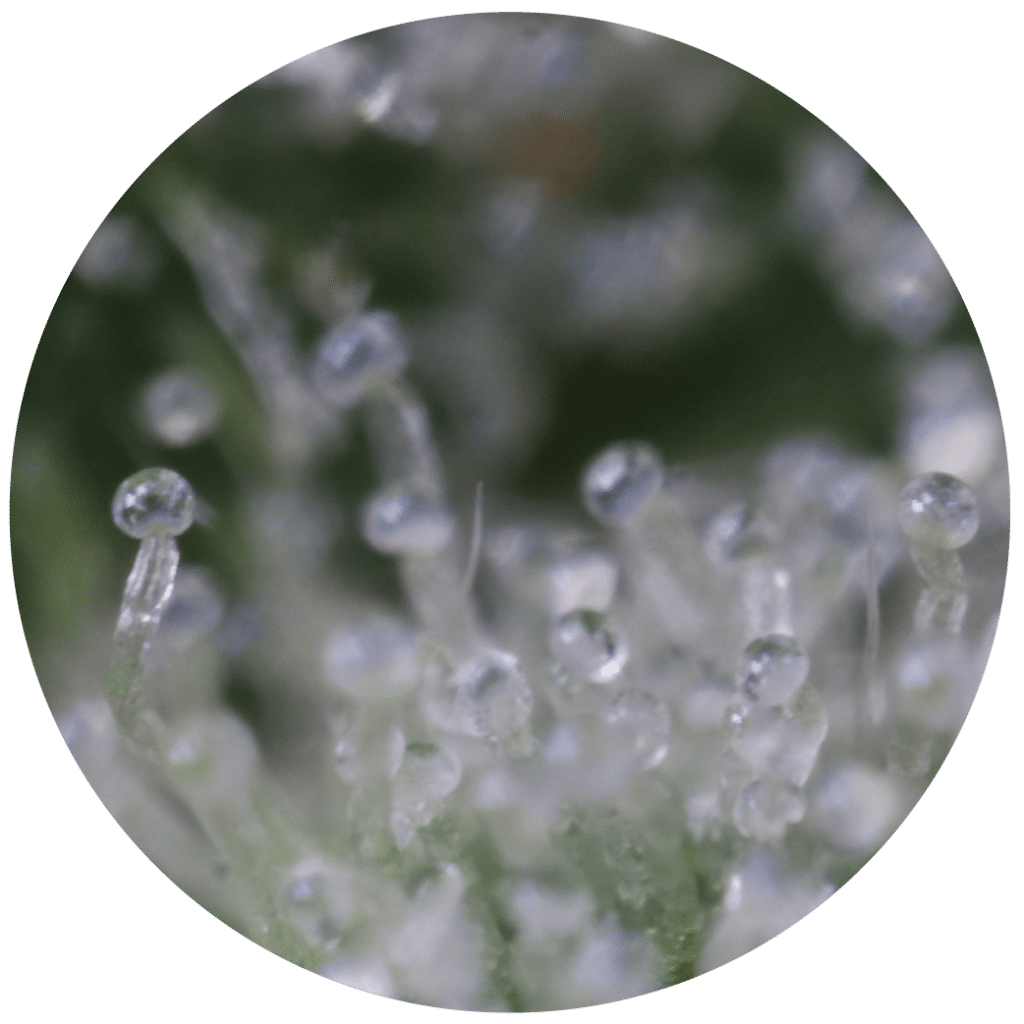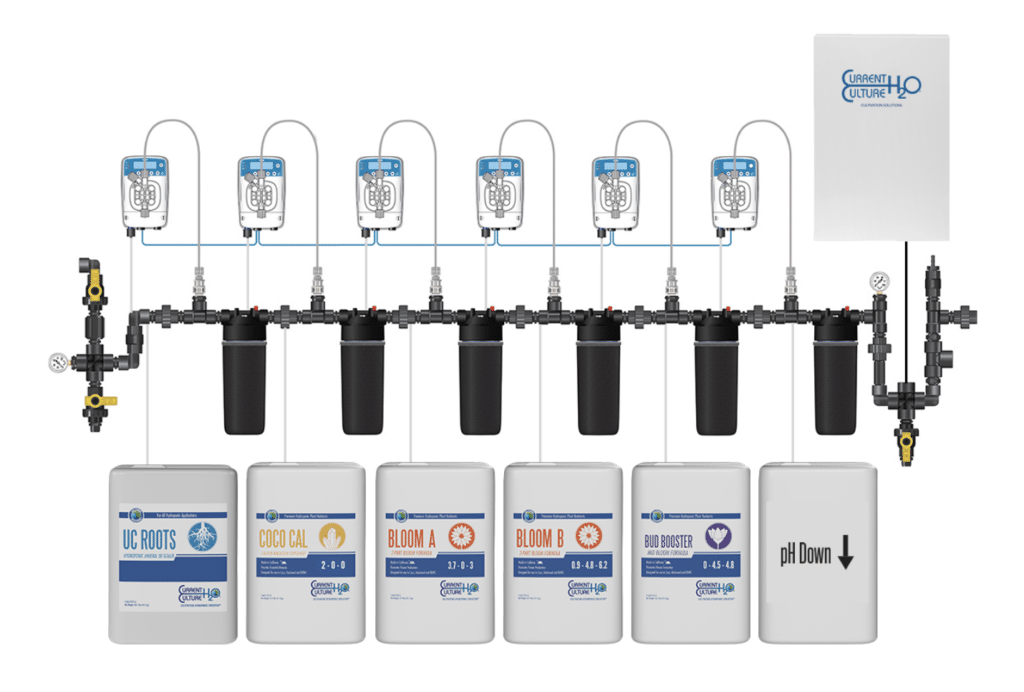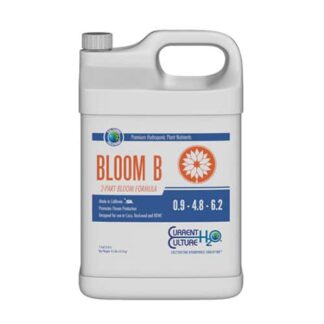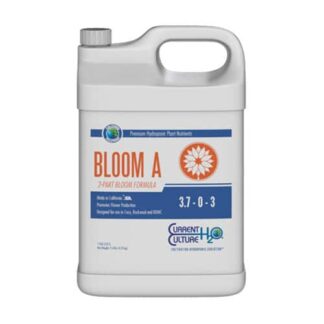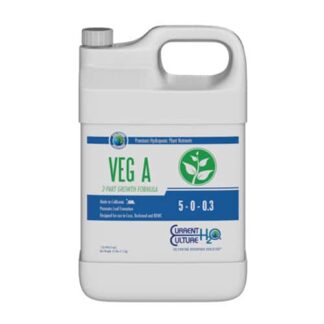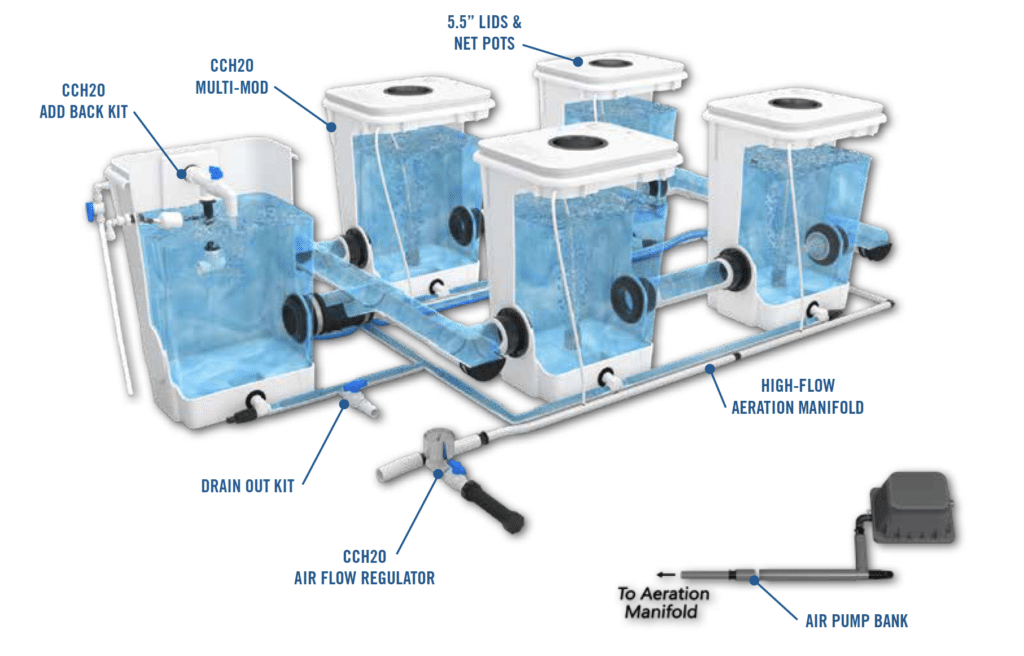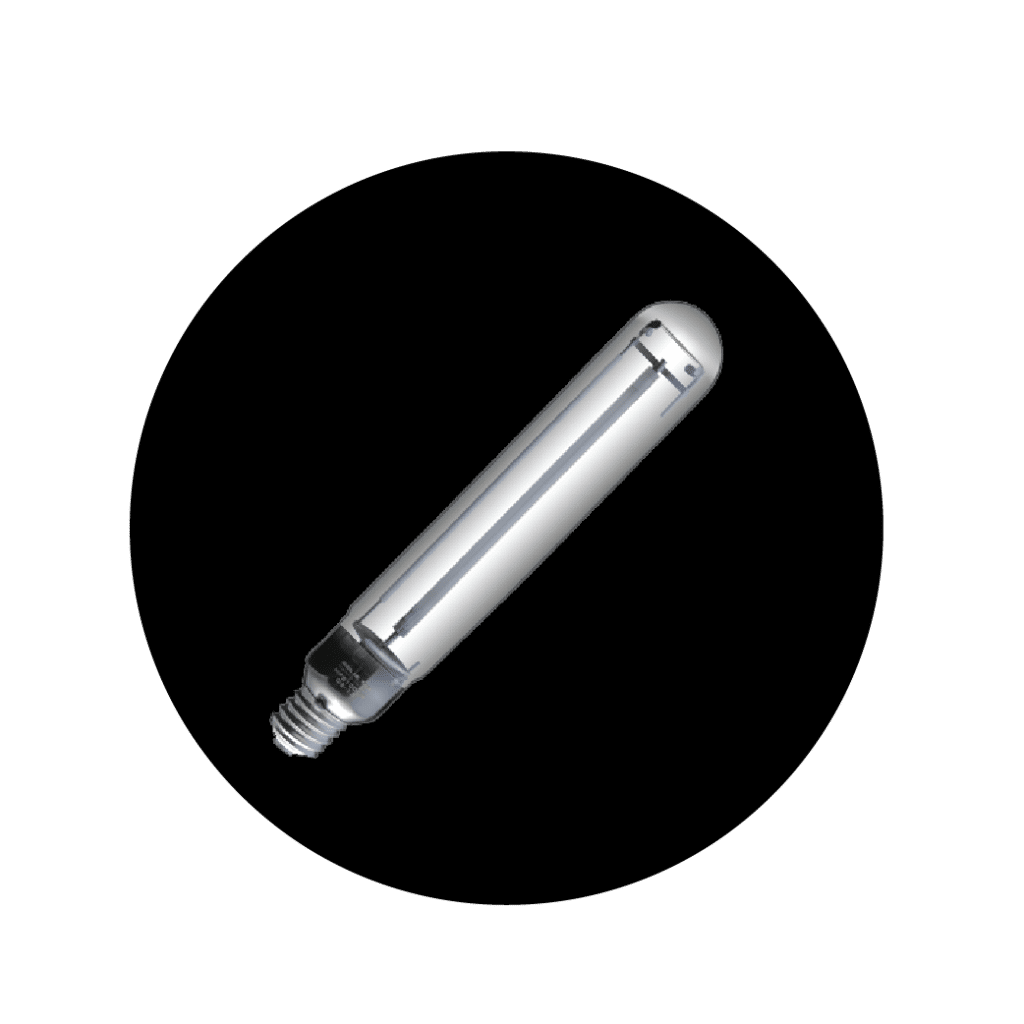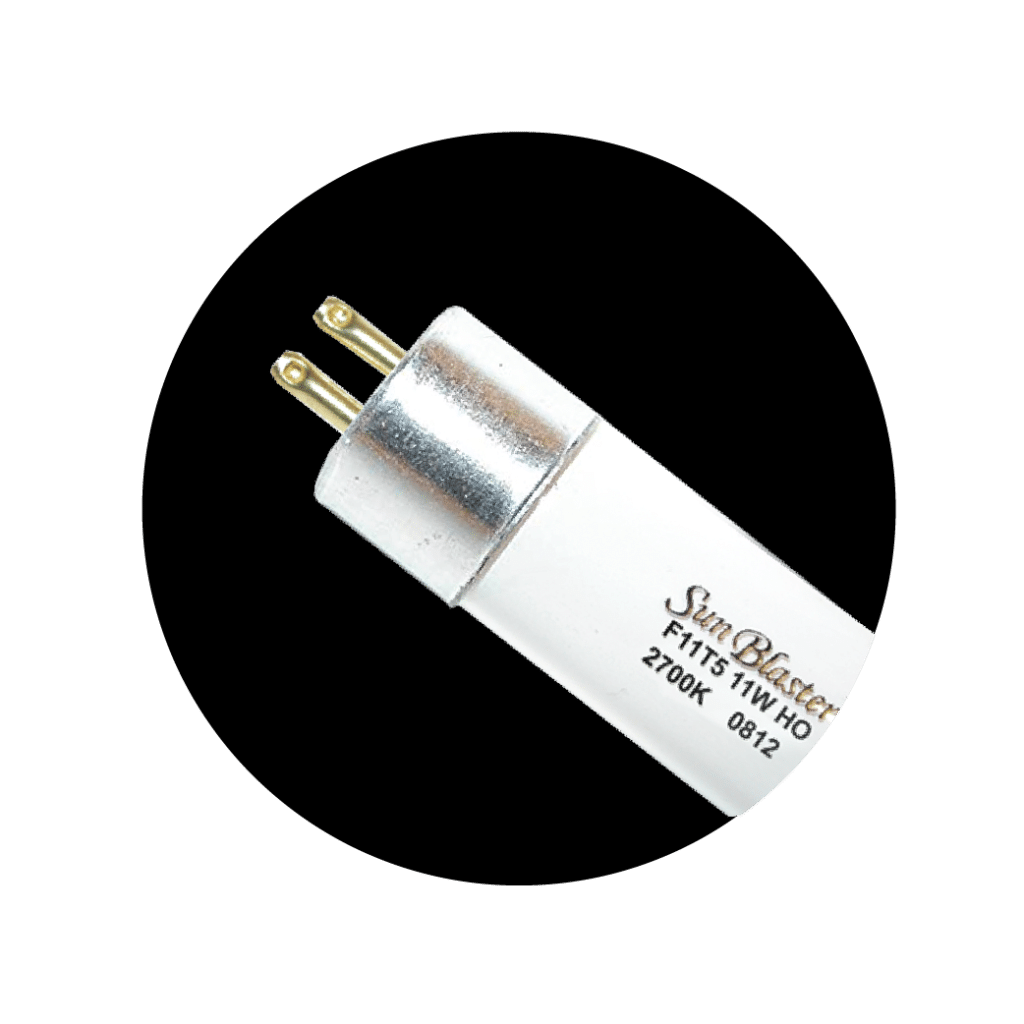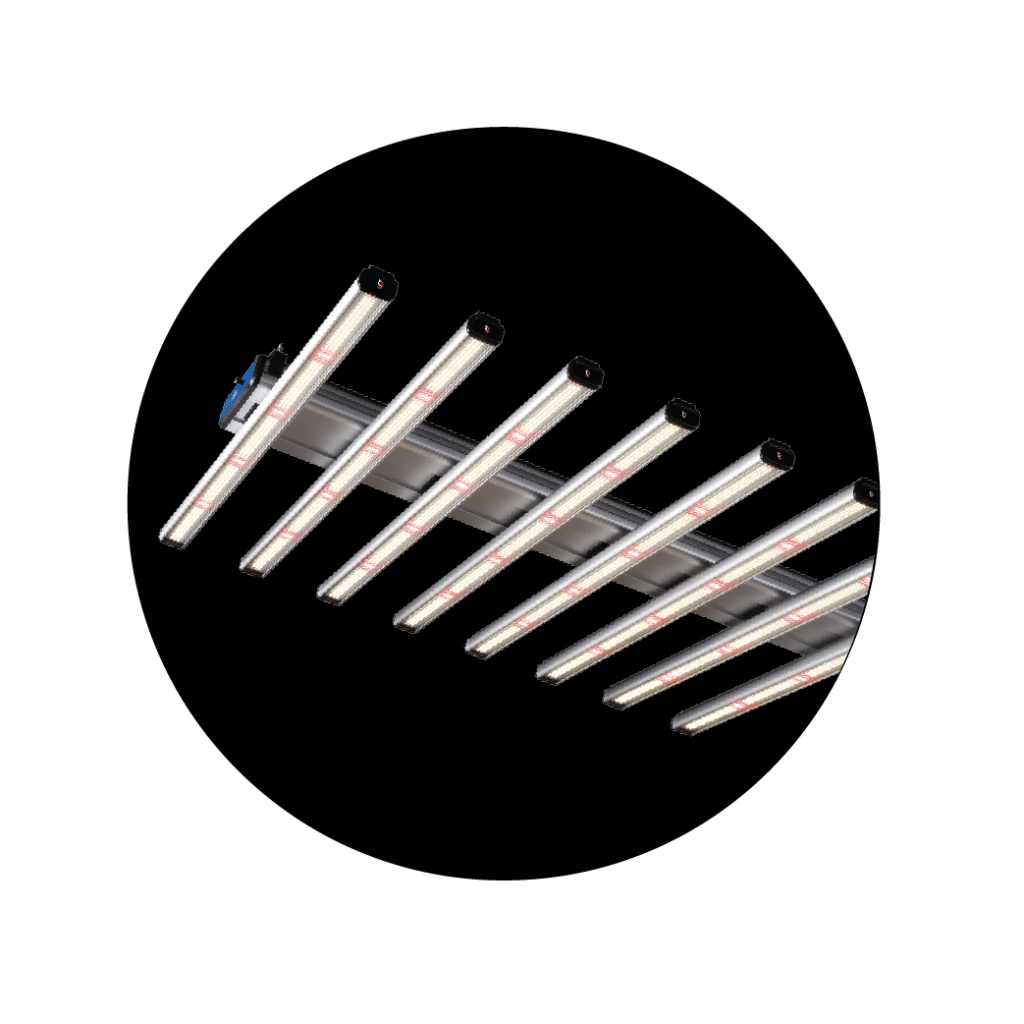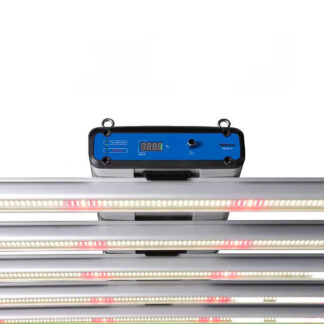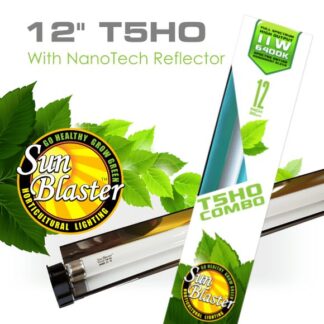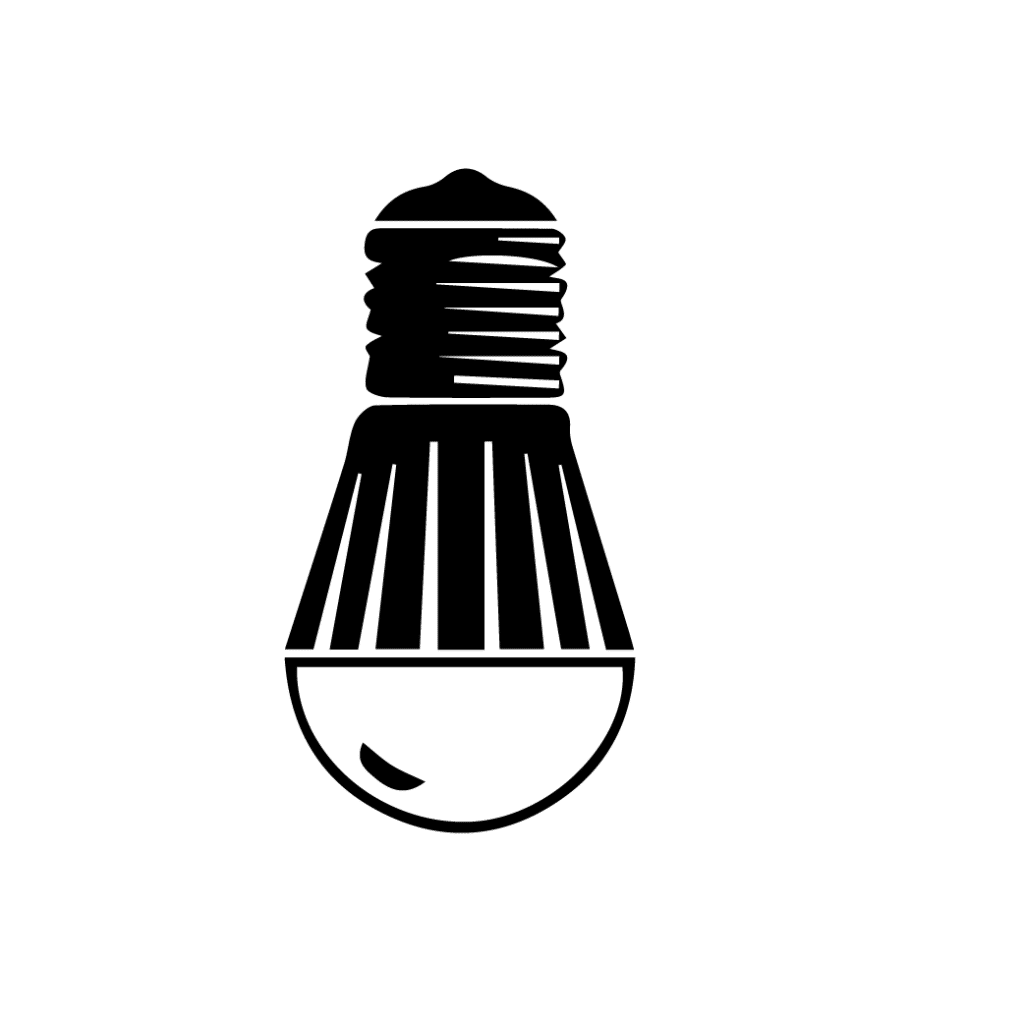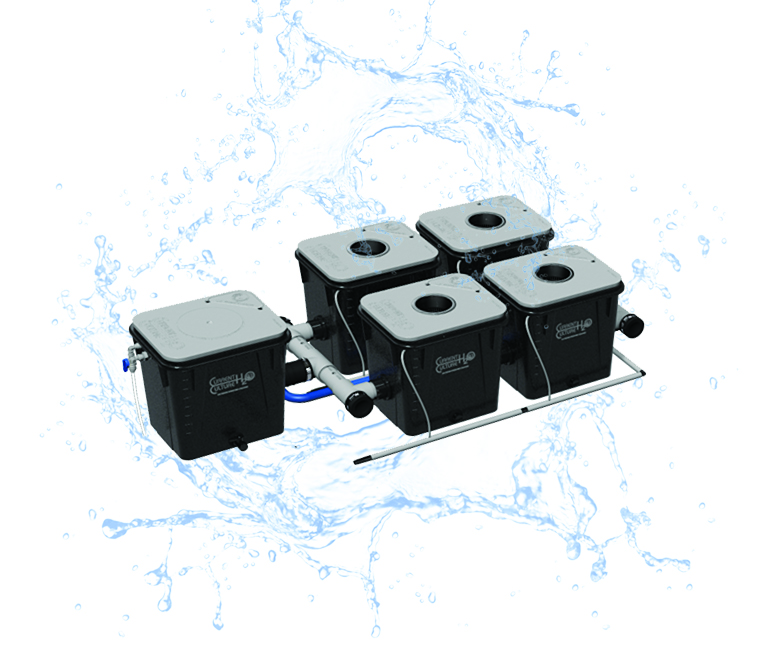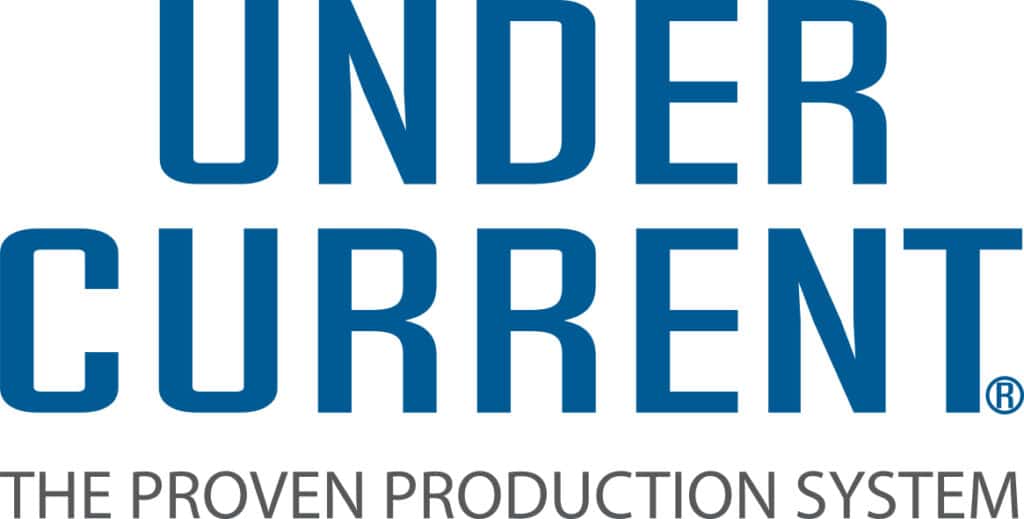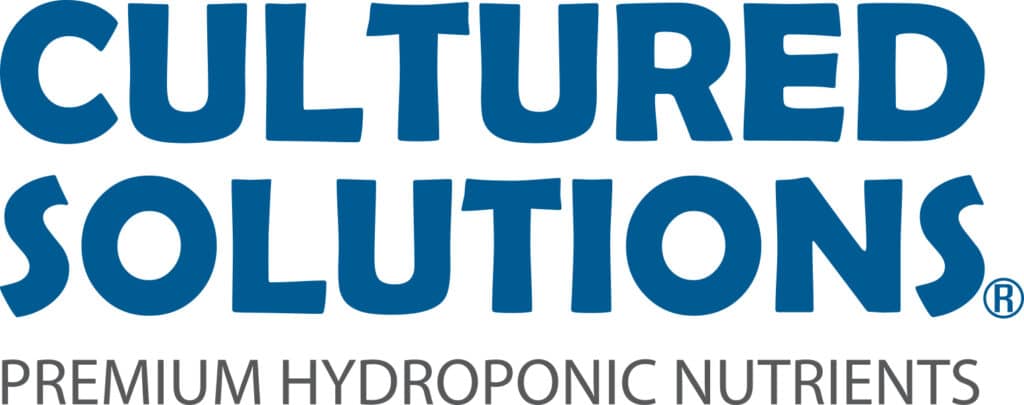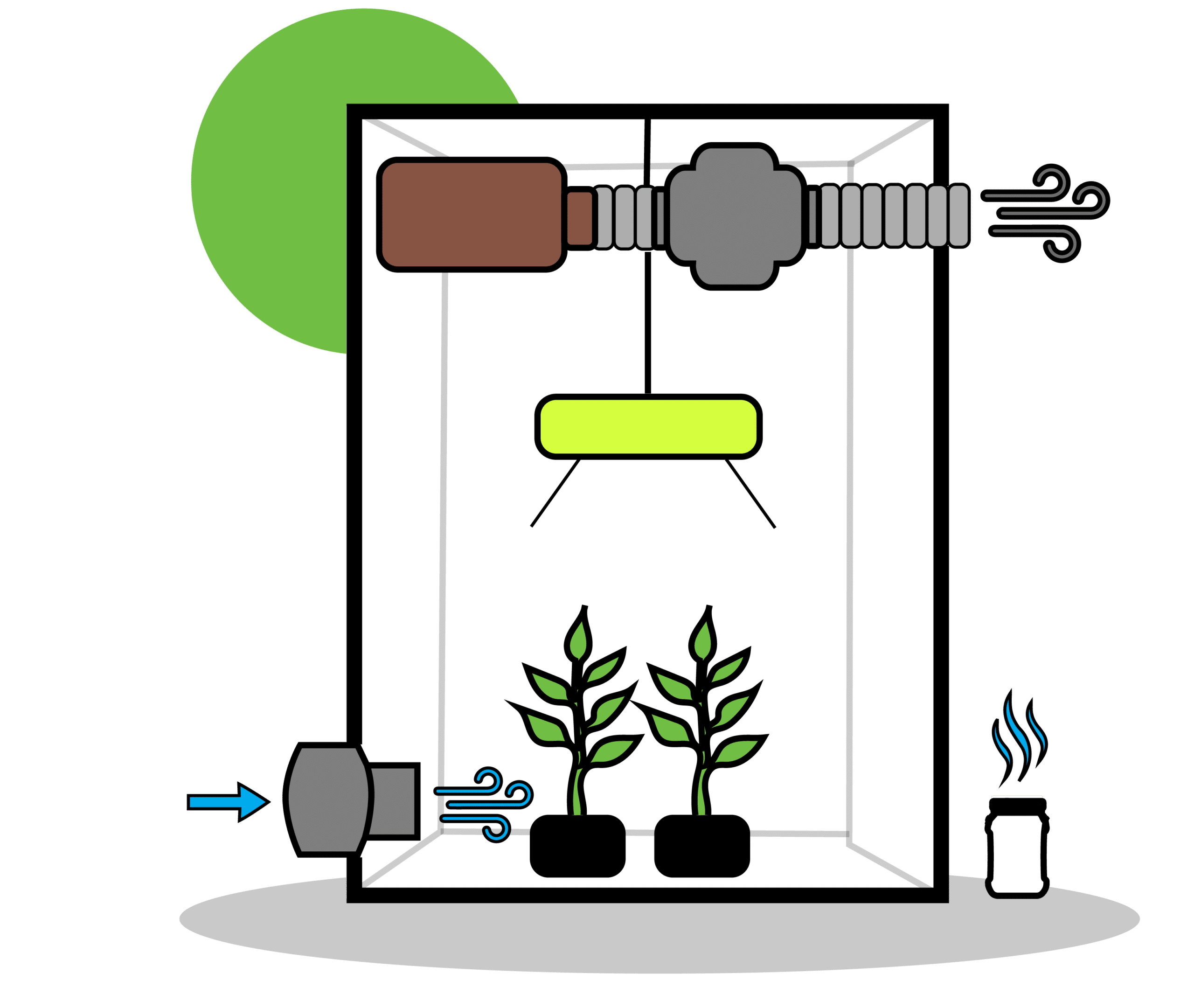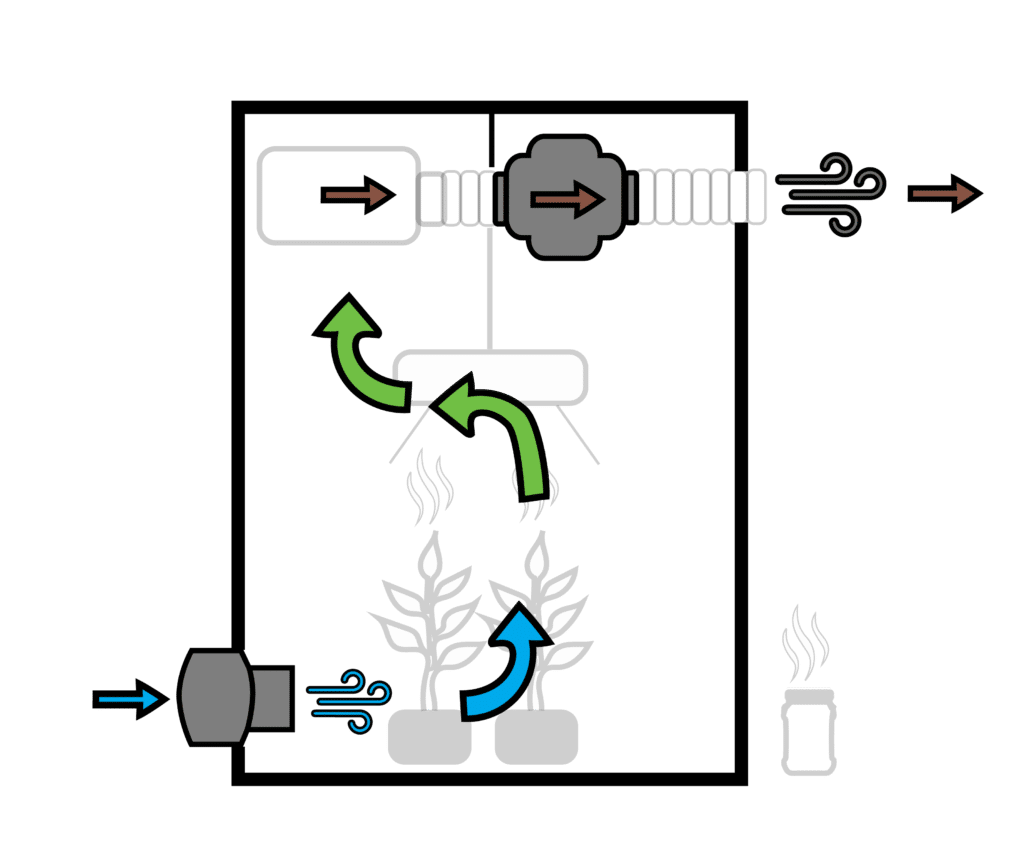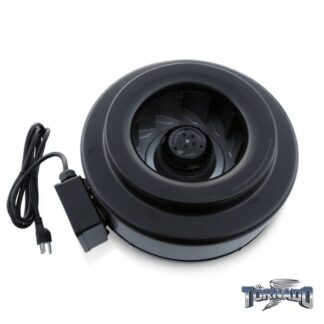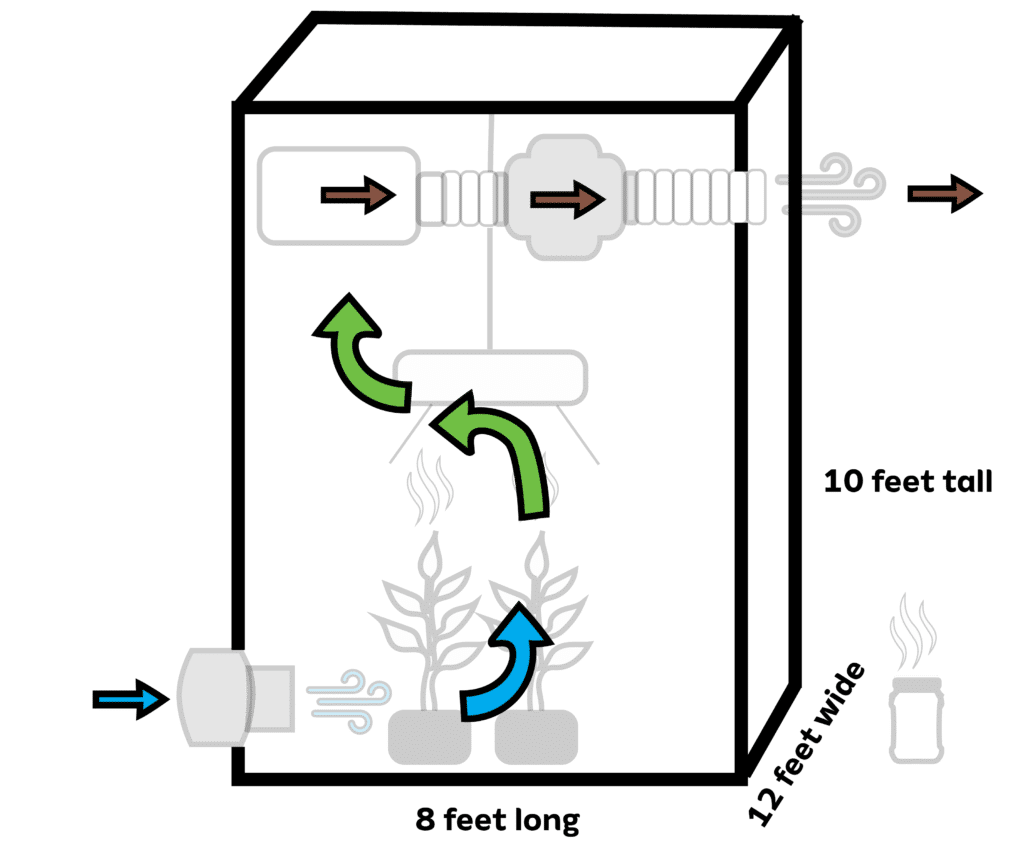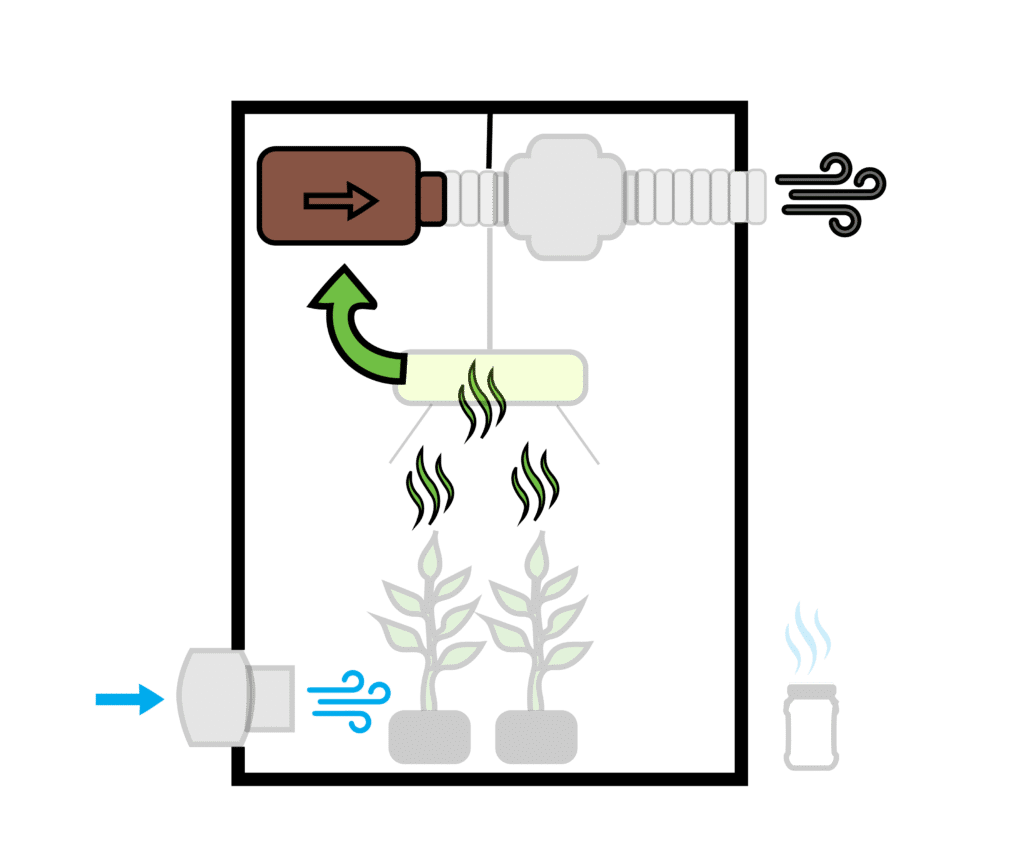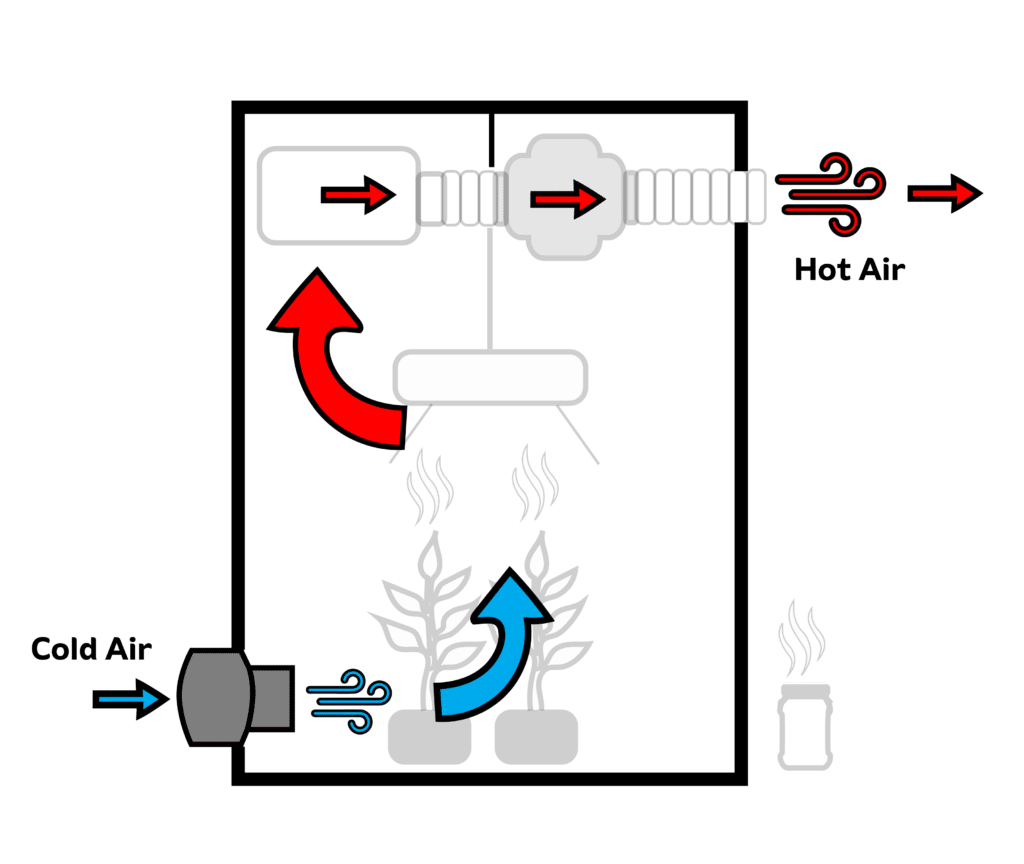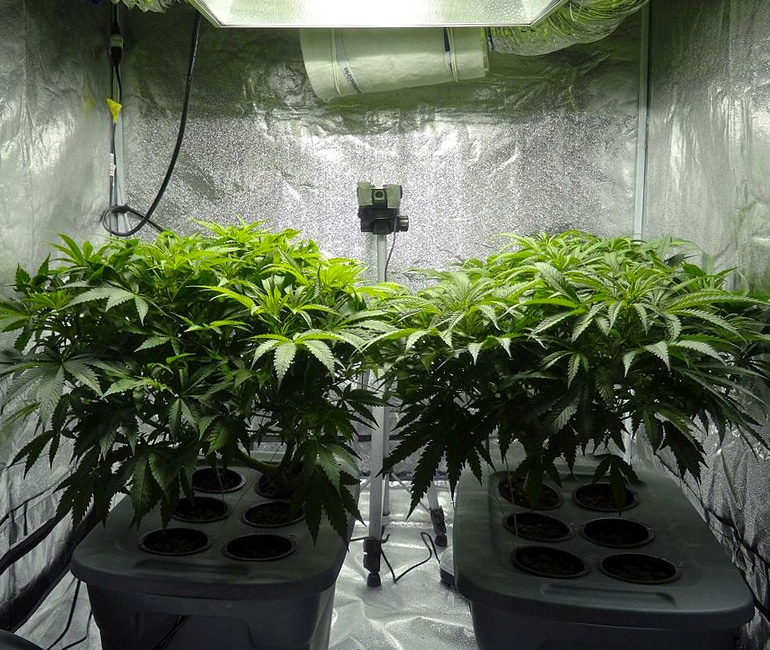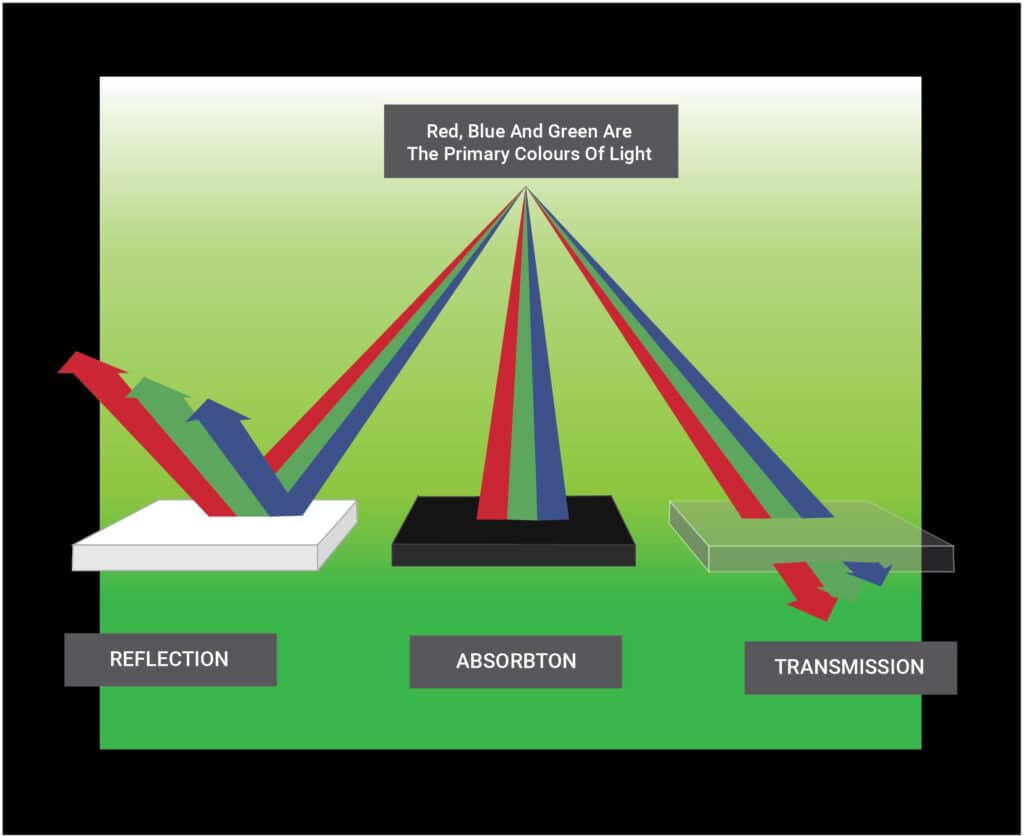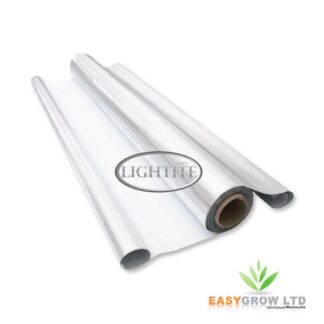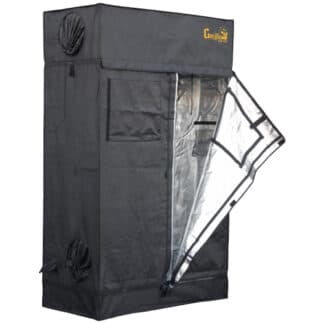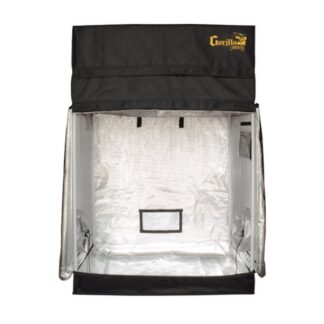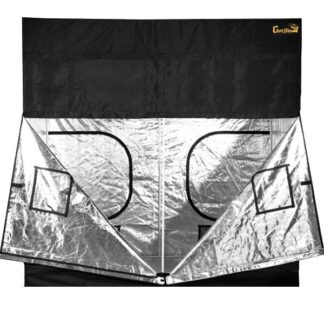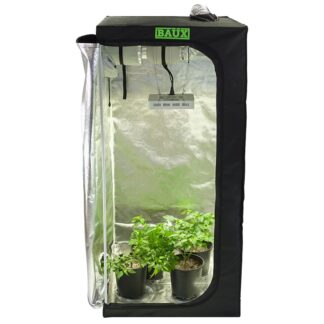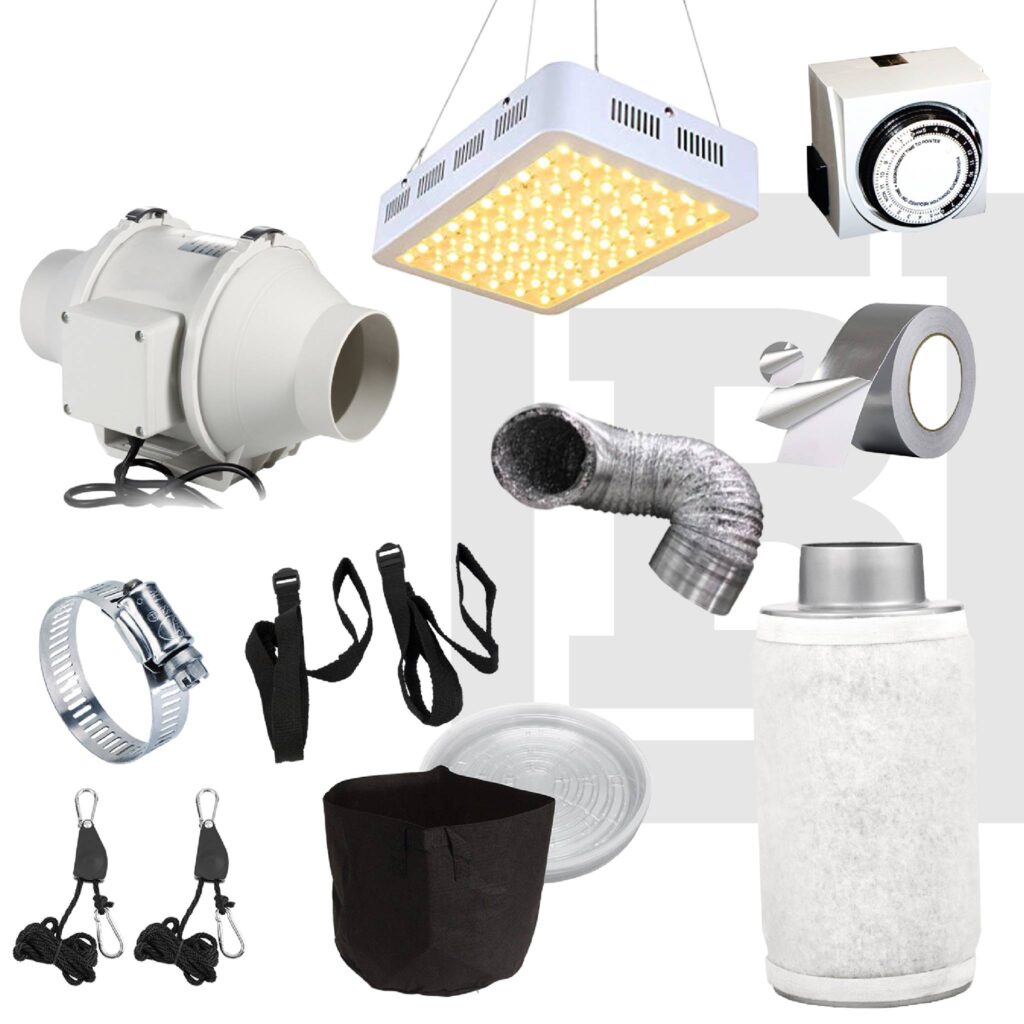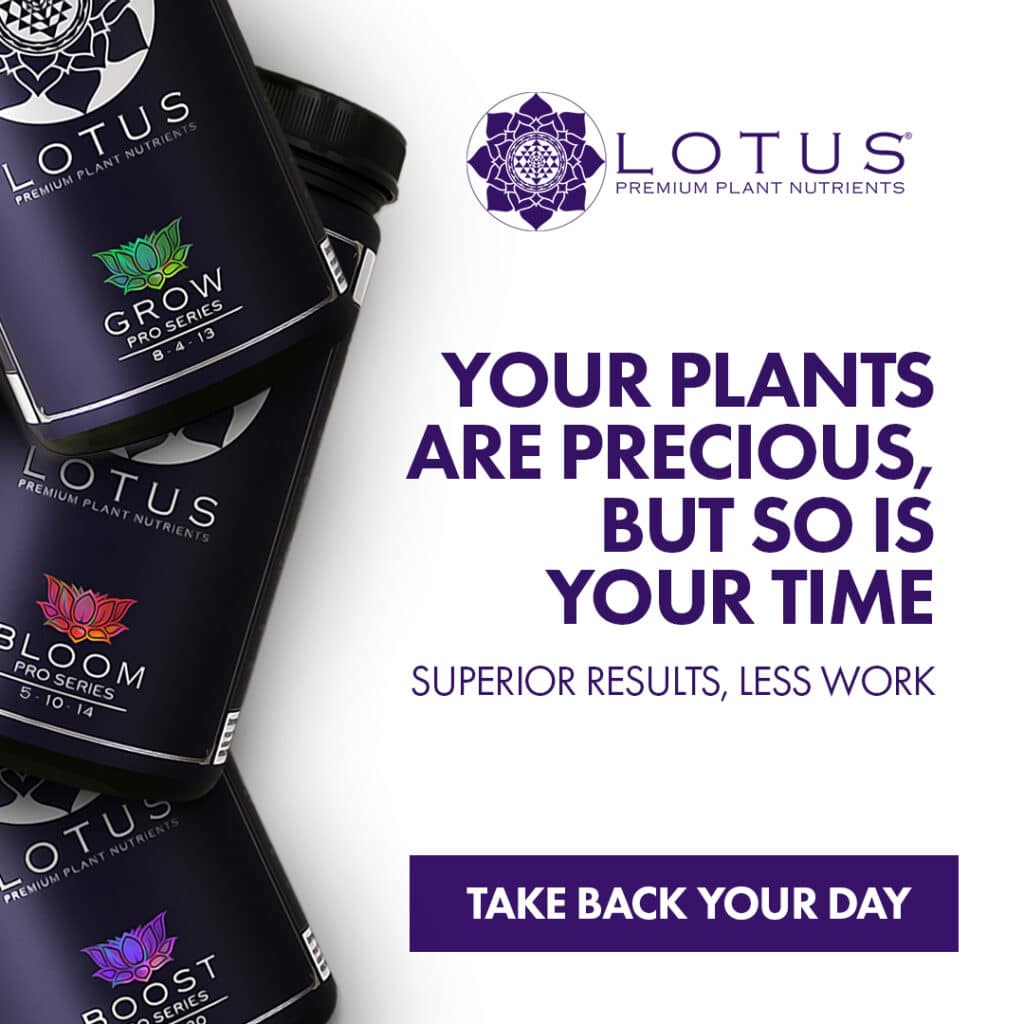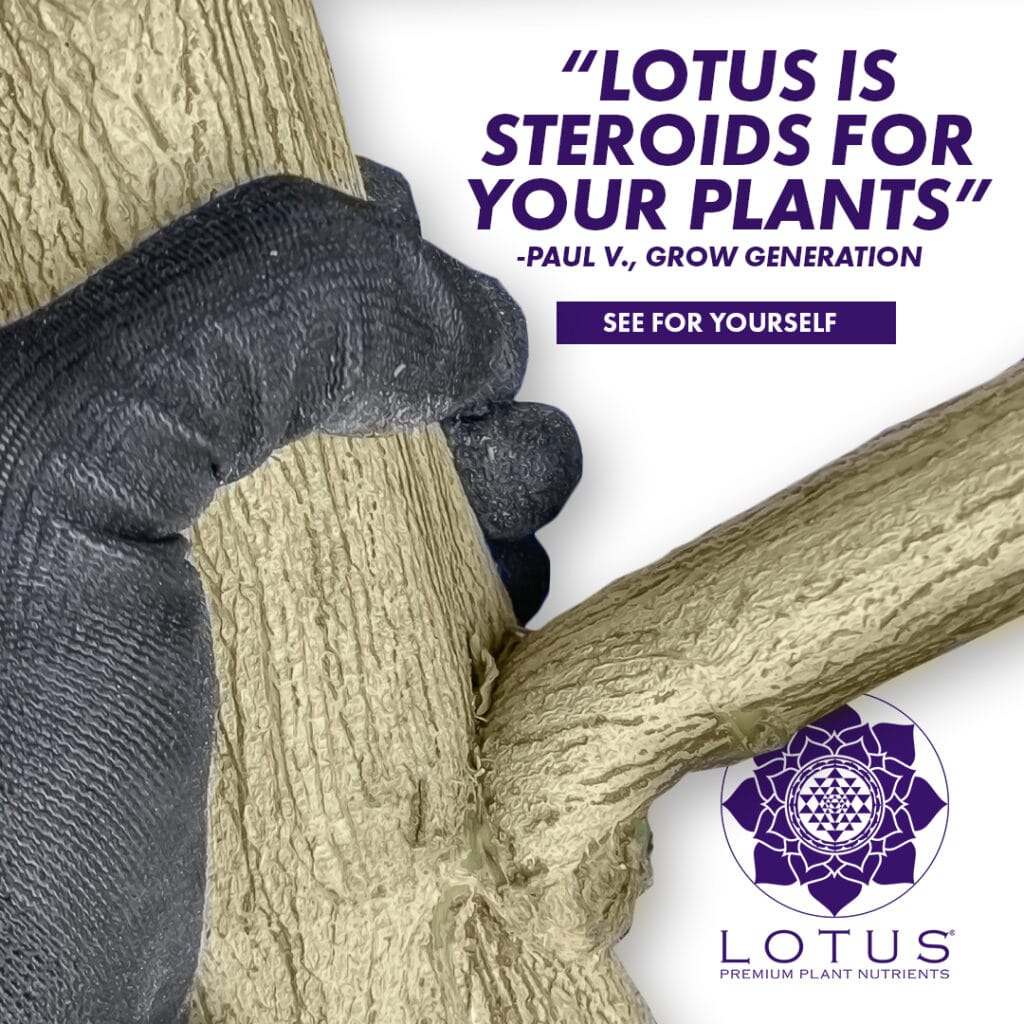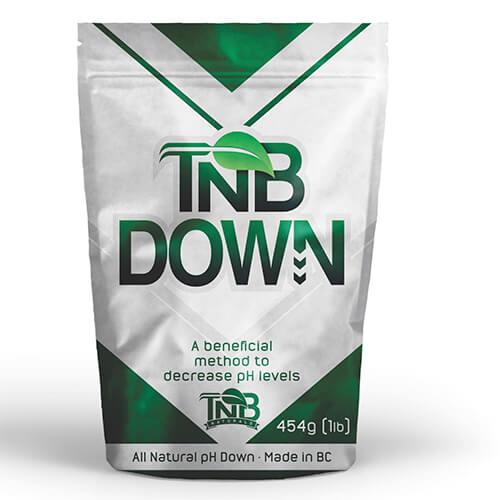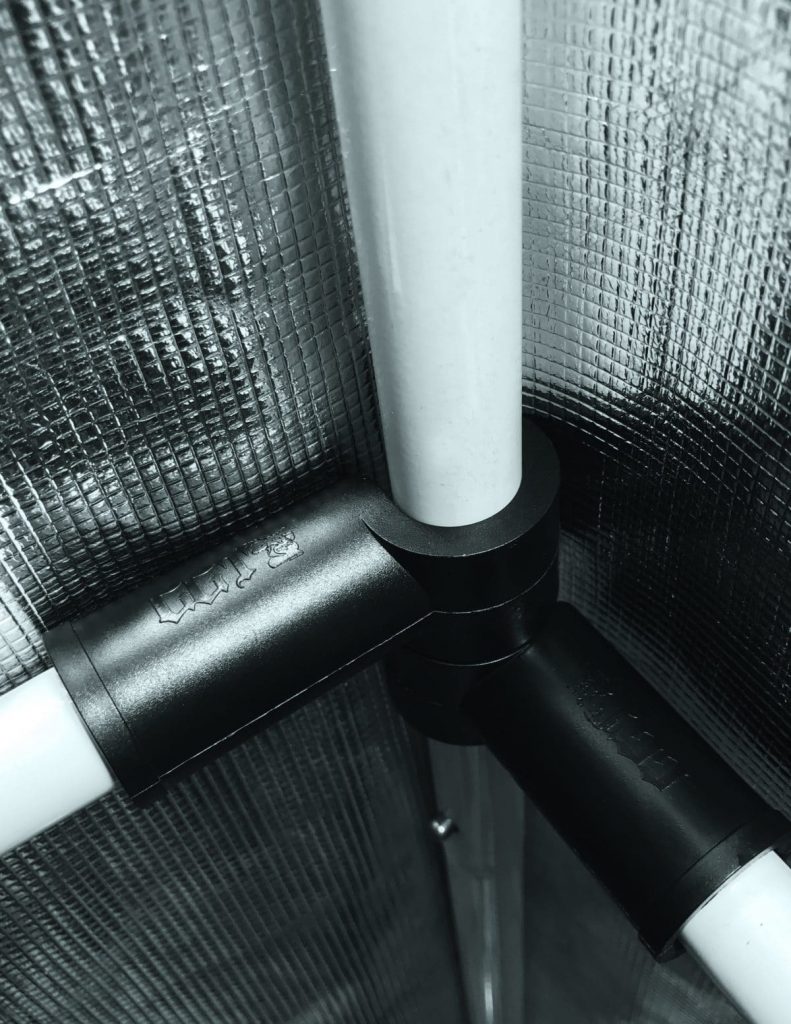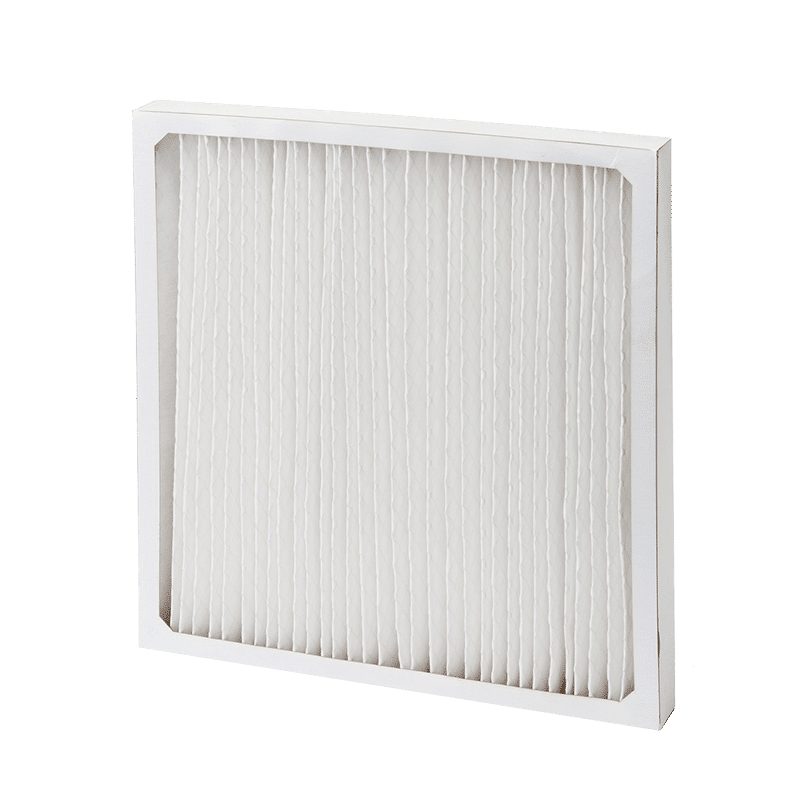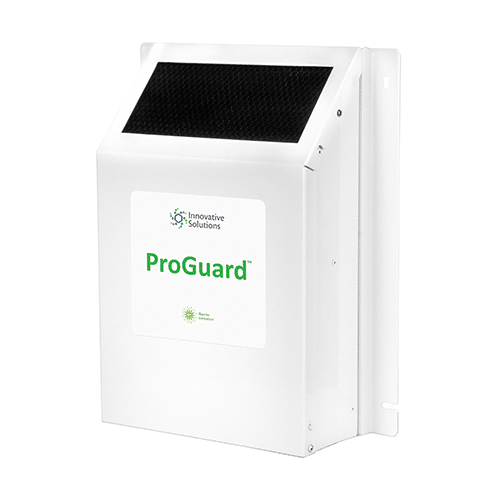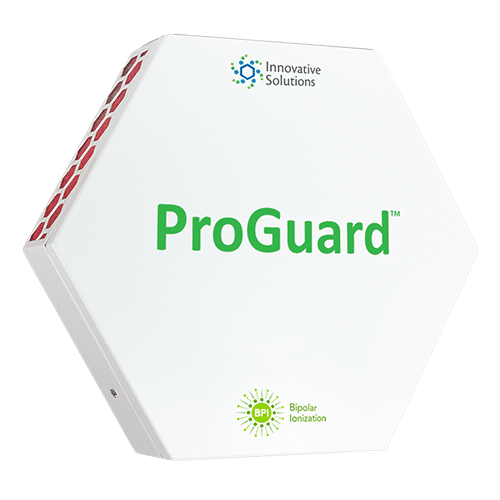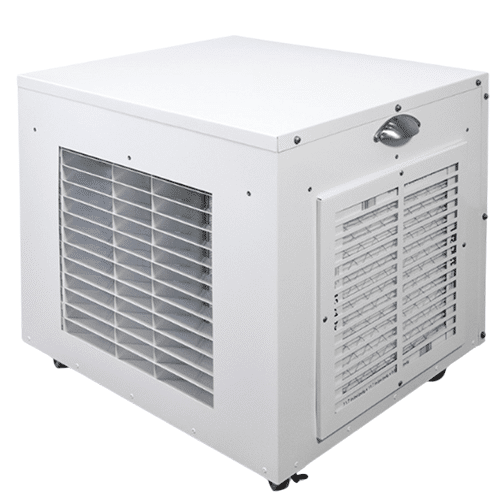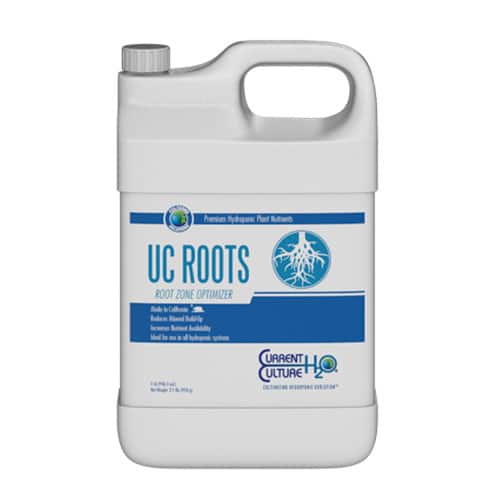5 Things to Consider When Starting Your Community Garden Project

You’re thinking about starting or organizing a community garden project. Good for you! You are about to embark on an incredible journey that will bring people together and help your entire community!
But, after your initial excitement for the idea, you might get discouraged when you step back and take a look at the sheer amount of work that needs to be done. You will start to second guess everything and ask questions like:
- Can I really do this?
- Is this really worth it?
- Am I going to rally enough people to make this work?
Yes, you can! Fight your way through the early stages of doubt and push on. It may seem daunting at first, but all worthwhile endeavours seem that way when you start. Remember, you’re about to do an incredible thing for your local community and your environment. They need you to do this! Just keep these things in mind:
1. Understand How Allotment Plots Work
Most community gardens are established as allotment plots. This simply means this land has been made available for individual, non-commercial gardening, or the growing of food plants. A lot of community garden plots belong to people and families that rent the space, personally buy all the materials, and take care of all the maintenance.
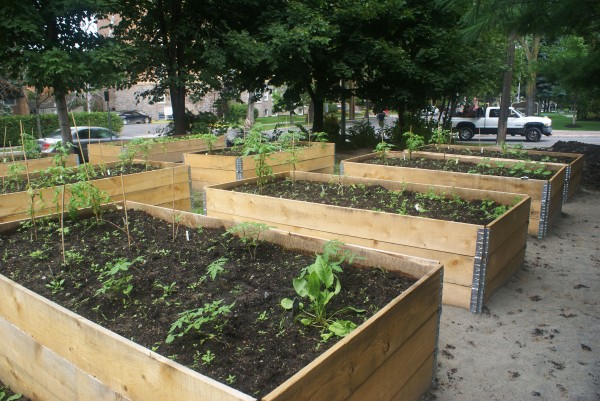
2. Plan the Layout Obsessively
The more time you spend obsessing over the layout of your garden beforehand, the more you will thank your obsessive self down the line. It’s okay to catch a mistake or potential issue on a piece of paper during the winter months when you’re in the planning stage. It’s a lot more frustrating to catch these issues in the summer months when you’re actually there in person.
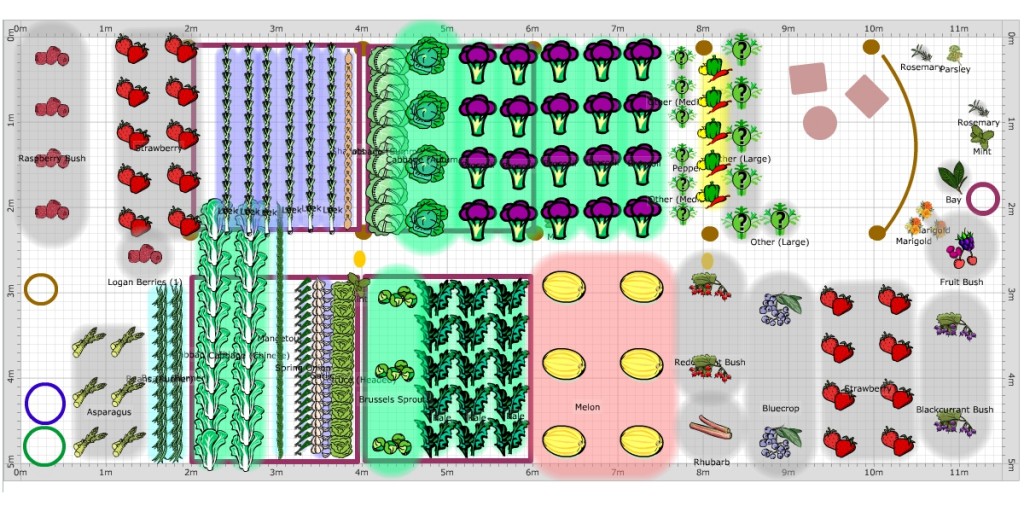
3. Be Patient, With People and Plants
At this point, we probably don’t have to sell you on the virtues of patience in the world of gardening and what a crucial prerequisite it is. You need to offer this same level of patience to the people who will help you. Some community gardens have a buzz and a high level of support before they even start, and a big mob of people show up on Day 1. Others do not. Others will see slow growth. Don’t be discouraged if pictures of your community garden don’t go viral and make you an overnight success. If you build it, they will come. They may come at their own pace, but they will come! You will get the help you need to achieve all your goals.
10 awesome allotment blogs, by Thompson & Morgan
4. Consider Organic Fertilizer
Your project is all about the community, so why not skip synthetic fertilizers and go with an organic fertilizer that’s better for your community as a whole. Organic fertilizers are a much more environmentally-friendly option for your local soil, air, and water. You are also simply going to see much better flavour, colour and yield.
5. Get the Most From Compost
Using a natural product like My Good Green Compost System can turn your food scraps into liquid gold. It’s a proven and predictable way to give yourself nutrient-rich soil. We have recently seen First Nations communities switching to Bokashi composting systems so they can maintain complete control over what they put back into their soil. The communities are also embracing the entire Bokashi product line, including the Pet Compost Kits.
Ever since our community was introduced to Bokashi, some of the local residents took it upon themselves to experiment with Bokashi. Some found that feeding a scoop of Bokashi a day to their dogs got rid of that awful wet dog smell and gave their loved fur animals, a healthy and shiny coat.
Gail Jacko, 2021, Whitefish River First Nation
We are proud to be used by a number of community garden projects across the US and Canada. If you have any questions about how our products can help your project, click here to contact us any time!
This blog was written and provided in partnership with MyGoodGreen
Latest News & Announcements
- A Closer Look at Products from FoxFarm Soil and Fertilizer CompanyFoxFarm Soil and Fertilizer company has consistently manufactured high-quality soils and nutrient systems for years by combining tested production methods with the wisdom and power… Read more: A Closer Look at Products from FoxFarm Soil and Fertilizer Company
- 2021 Highlights: AutoPot Watering SystemsIt’s been a great year for cultivators growing in AutoPot Watering Systems! Not only have our partners at AutoPot revolutionized the way we garden, but… Read more: 2021 Highlights: AutoPot Watering Systems
- Fish Sh!t: The Organic Supplement Proven to Increase Terpene and Cannabinoid ContentWelcome to the Sh!t show – that is, a show about the latest and most innovative microbial supplement on the market. Well, not really a… Read more: Fish Sh!t: The Organic Supplement Proven to Increase Terpene and Cannabinoid Content



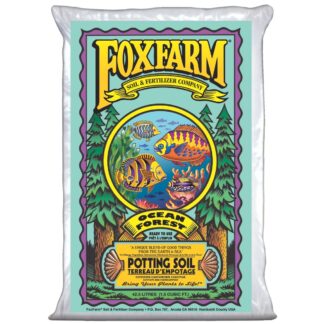
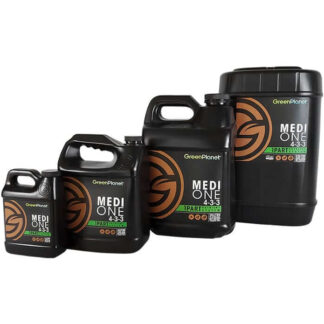
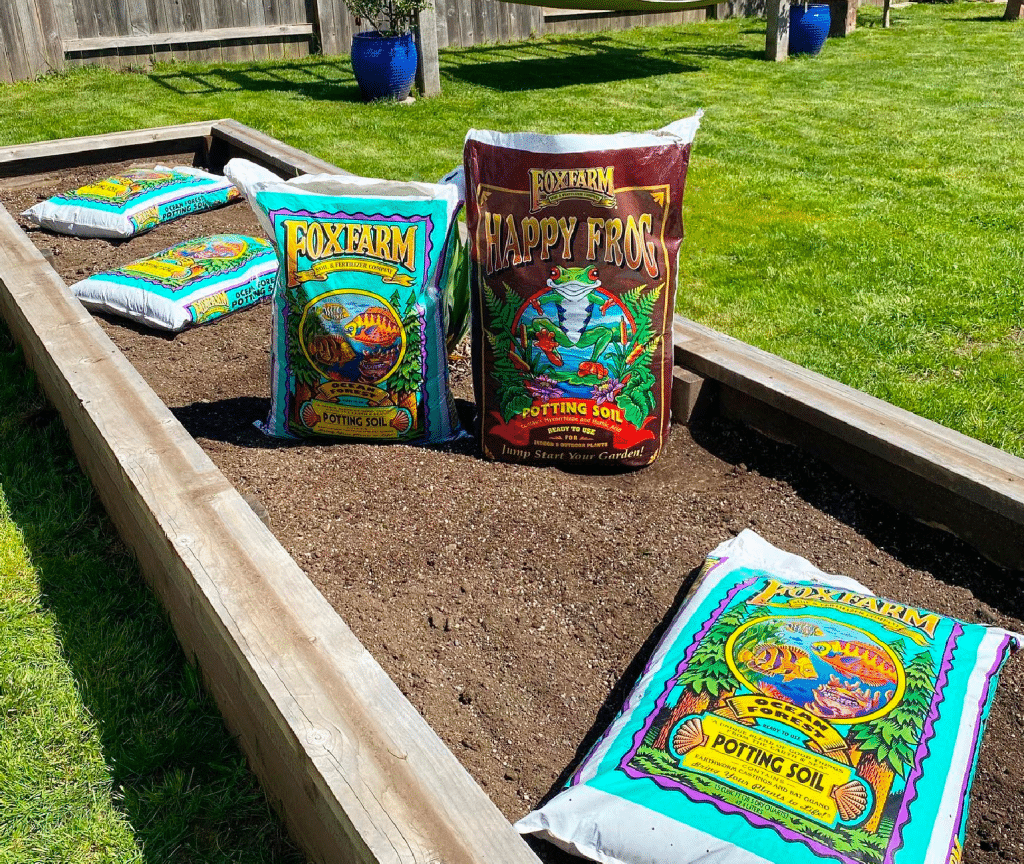
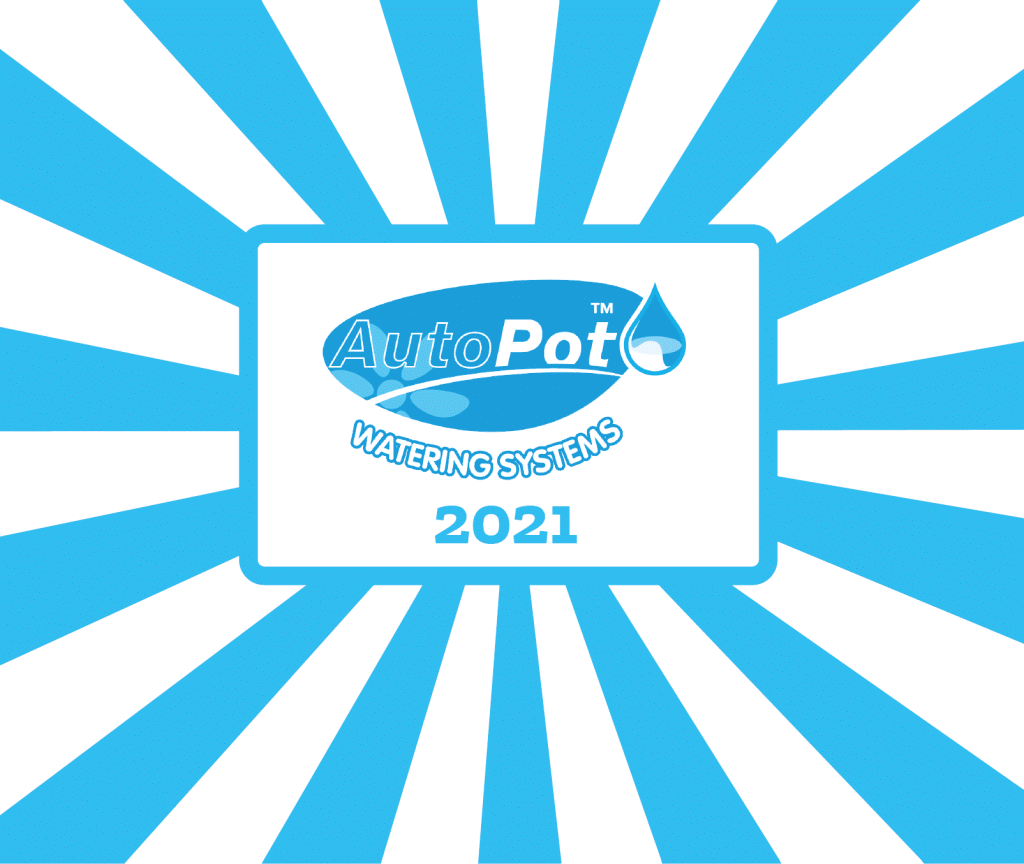

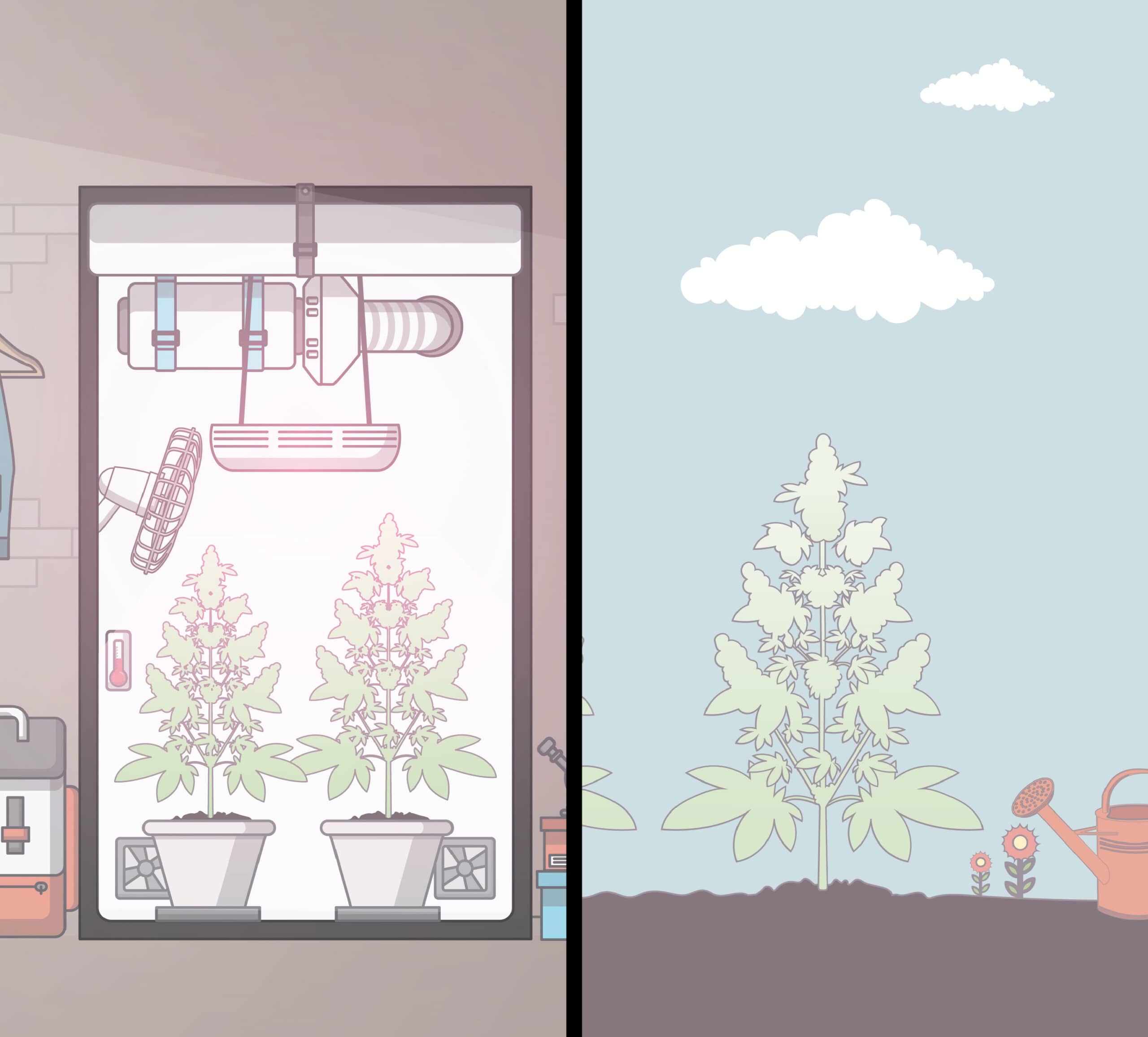
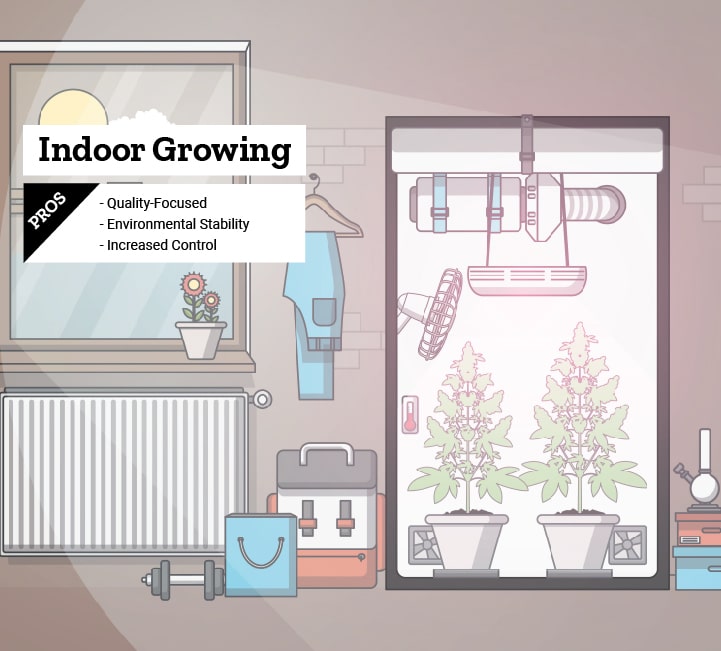

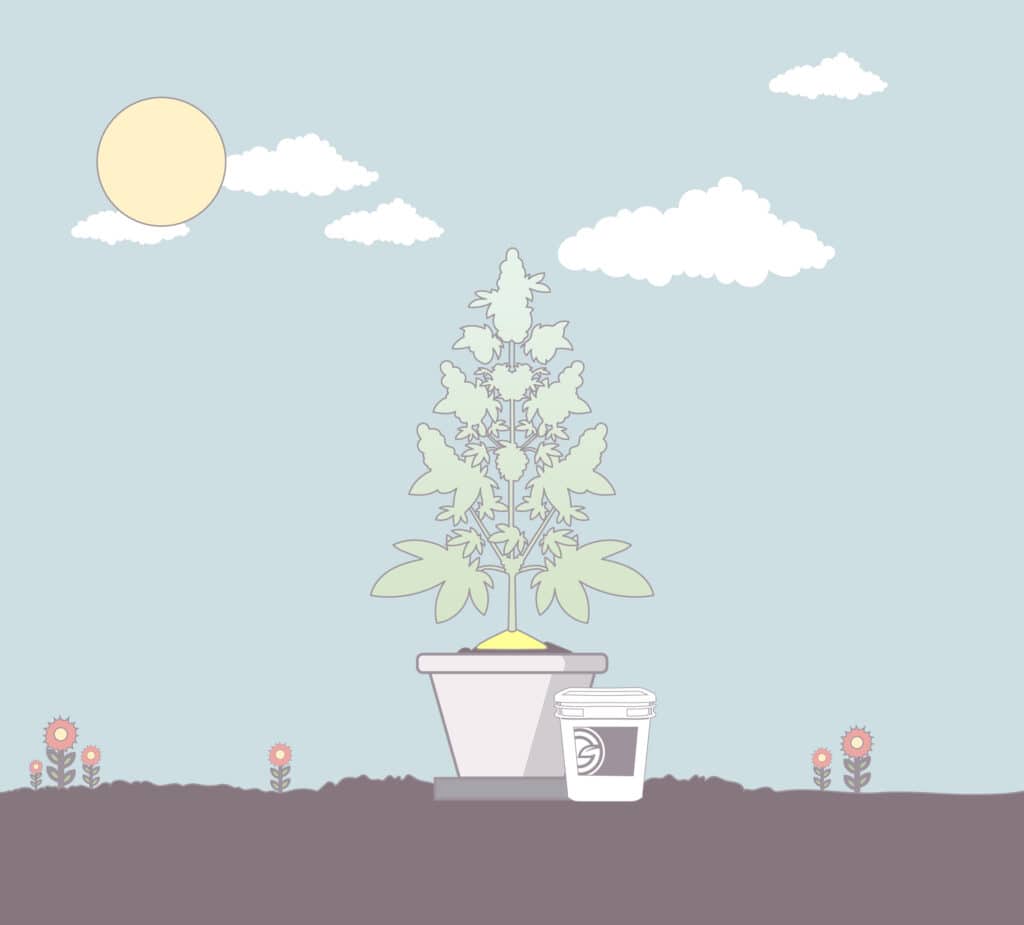
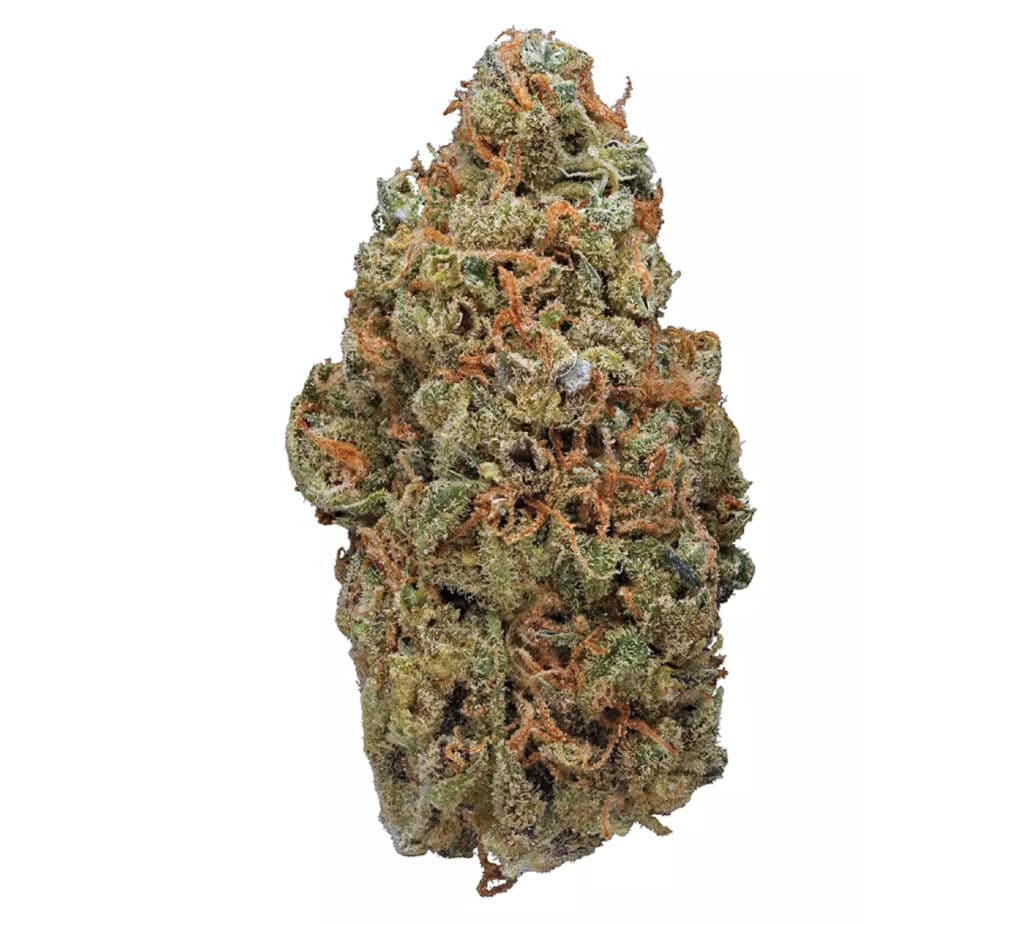
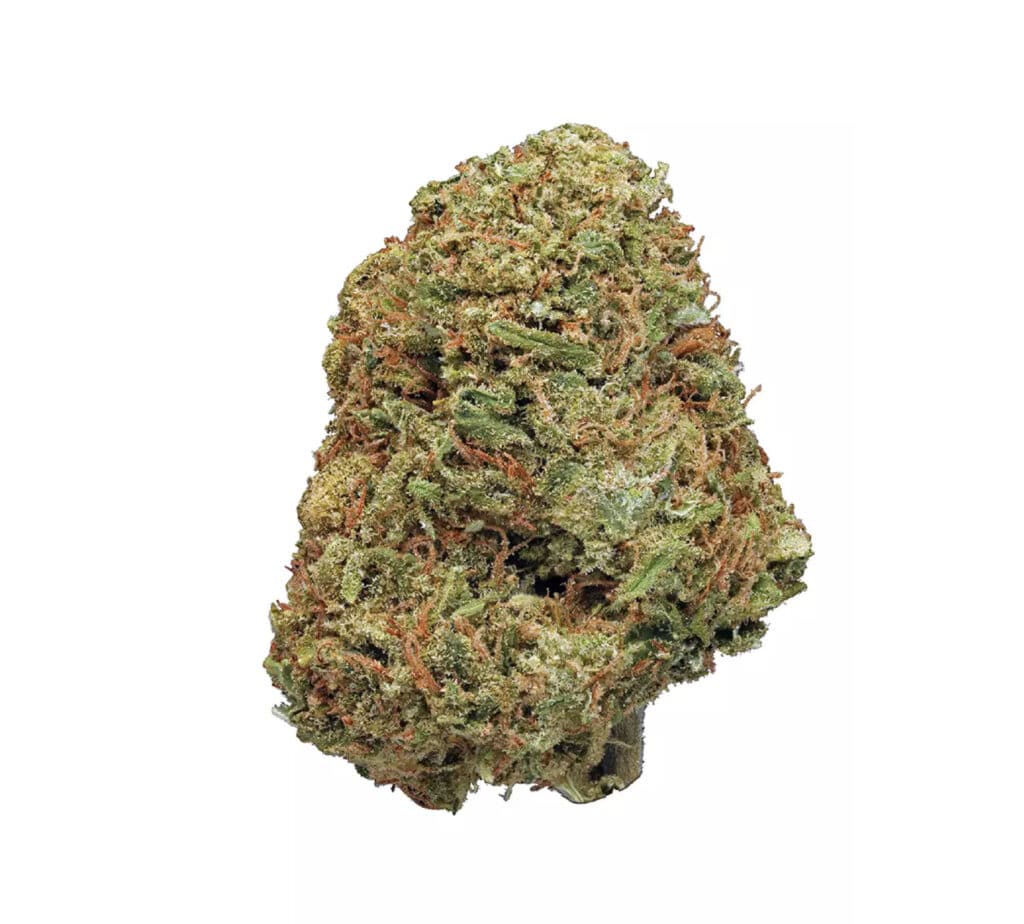

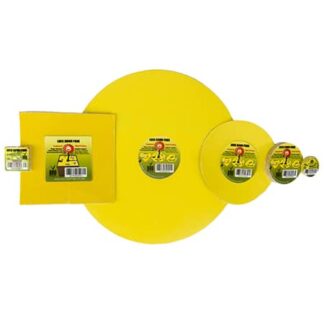
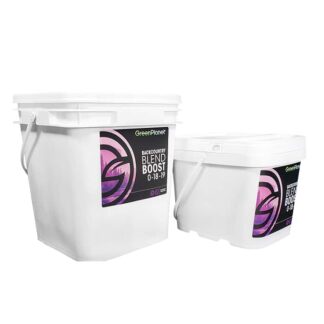
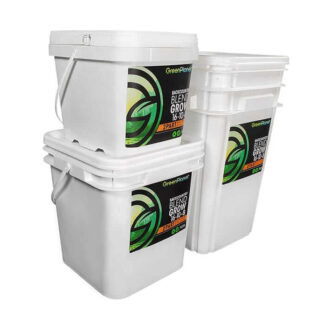

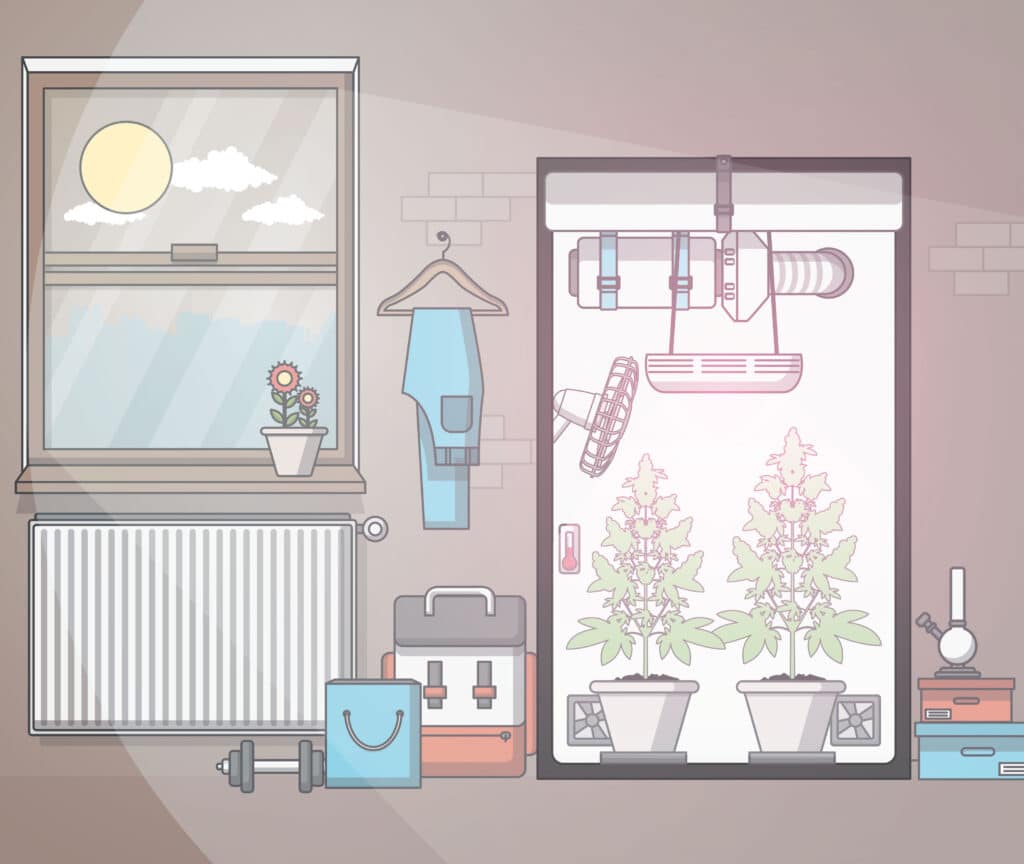
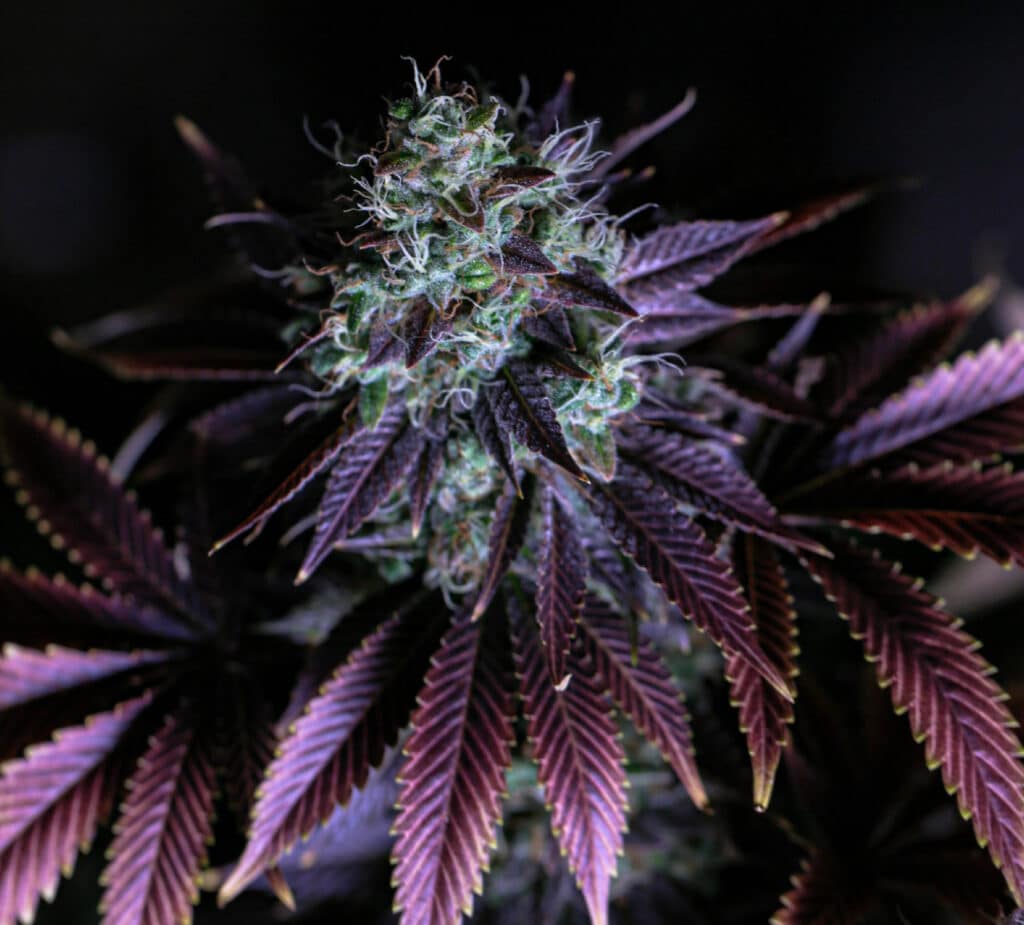
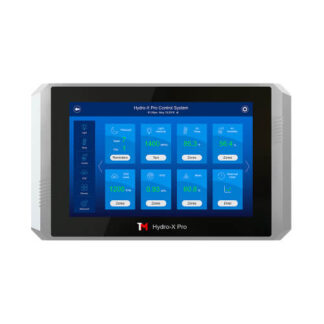
![TrolMaster Hydro-X Device Station Pack [1xDSC, 1xDSH, 1xDST, 3xDSP]](https://greenplanetwholesale.ca/wp-content/uploads/2020/03/TrolMaster-Device-Station-6-Pack-2-324x324.jpg)
